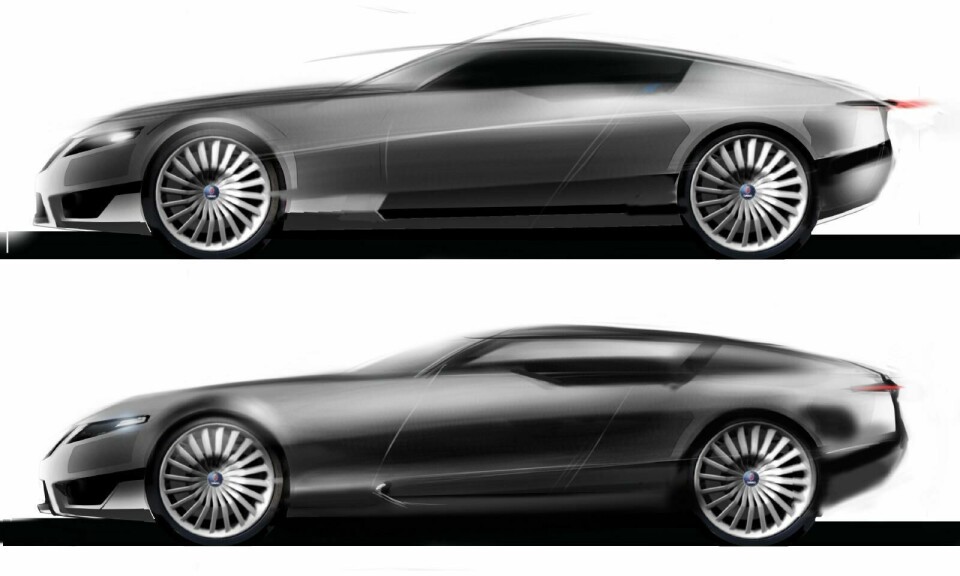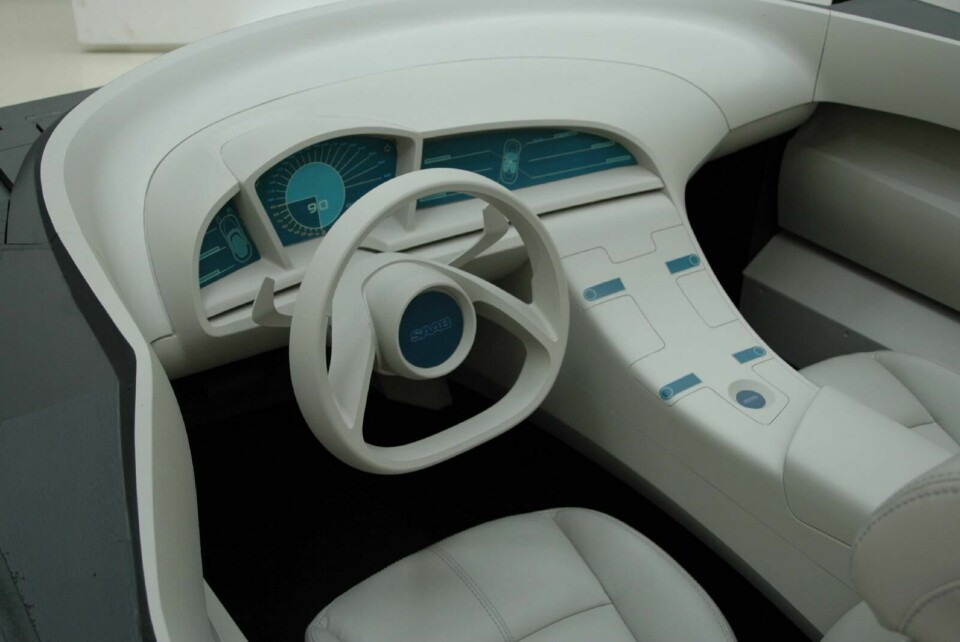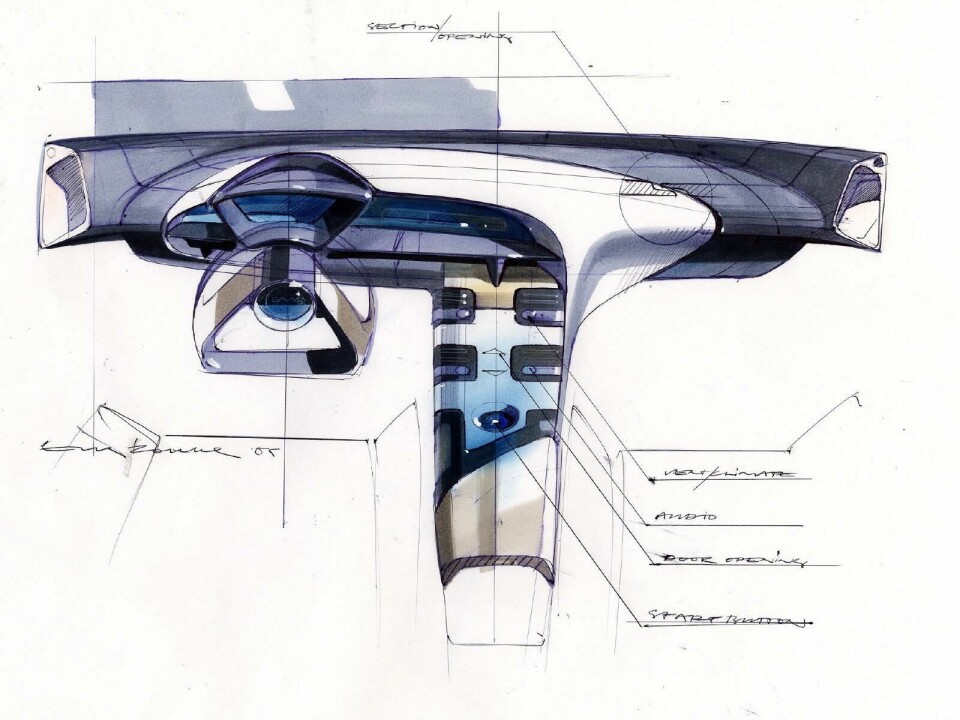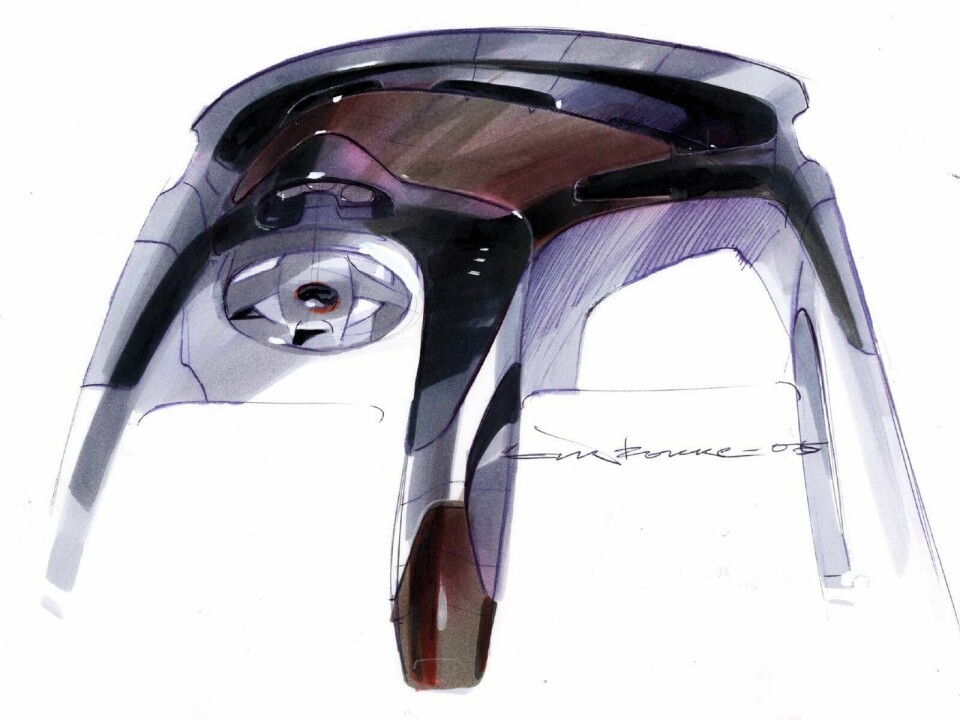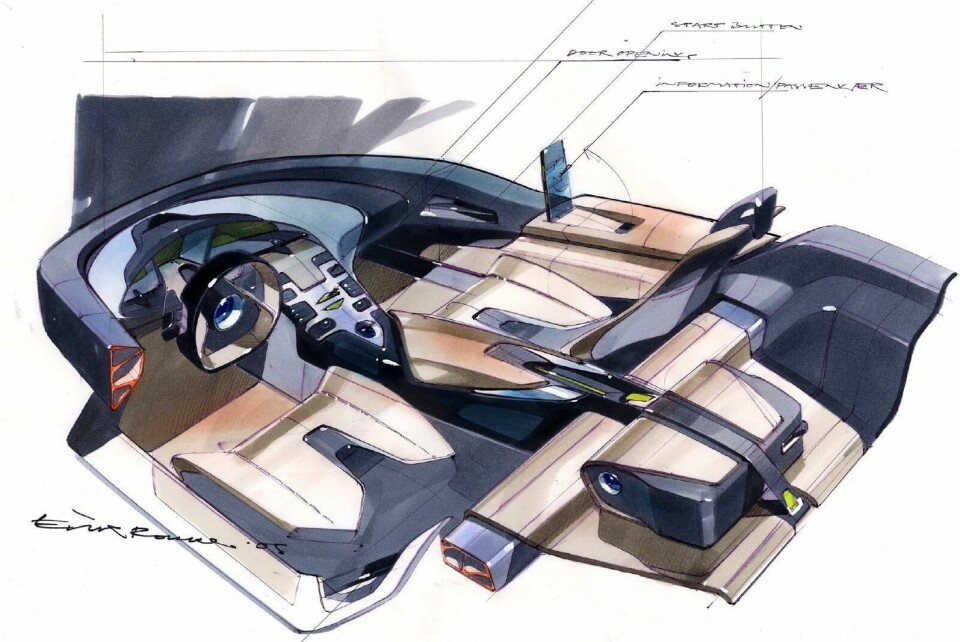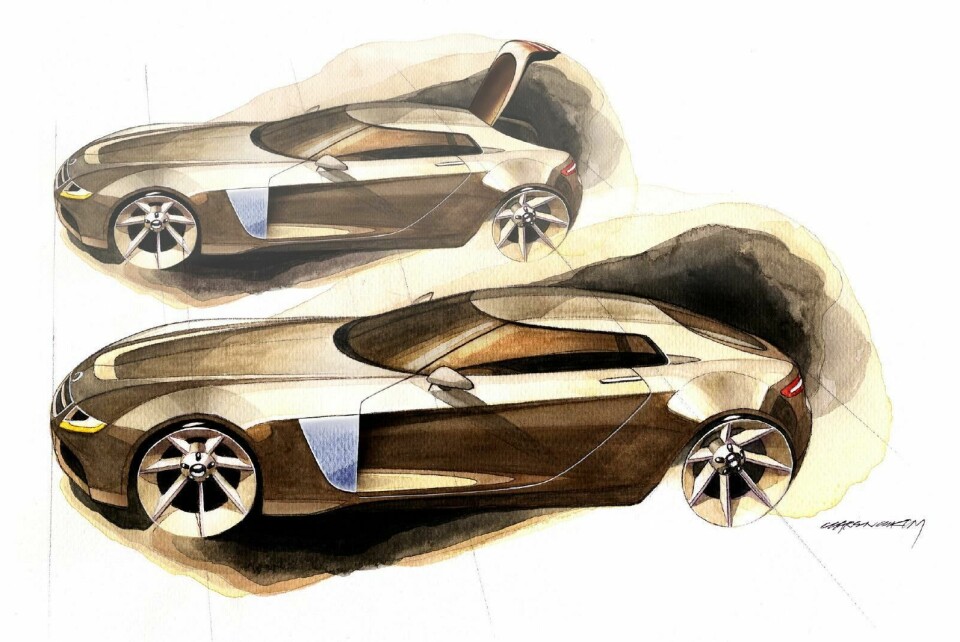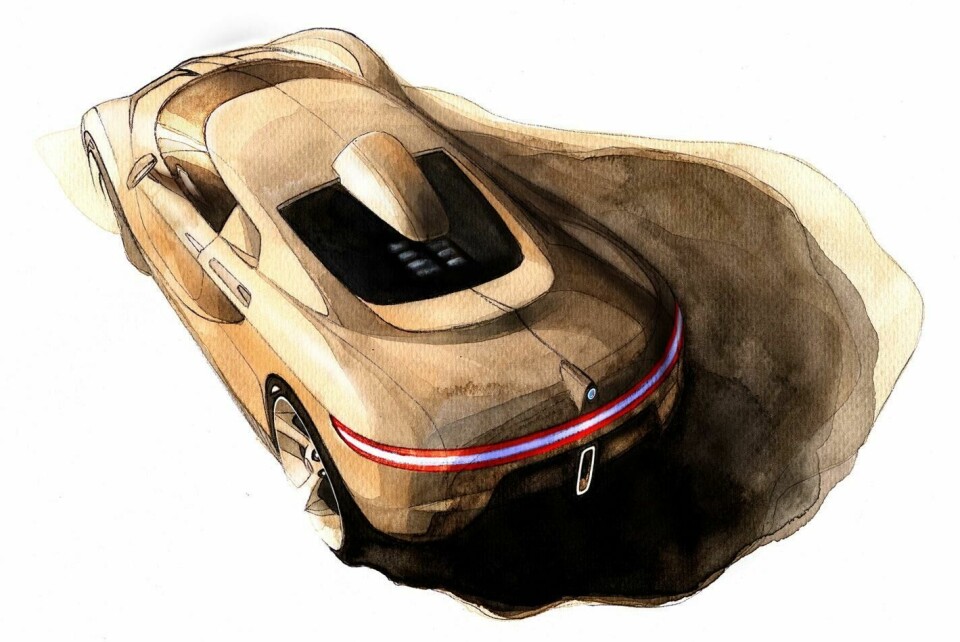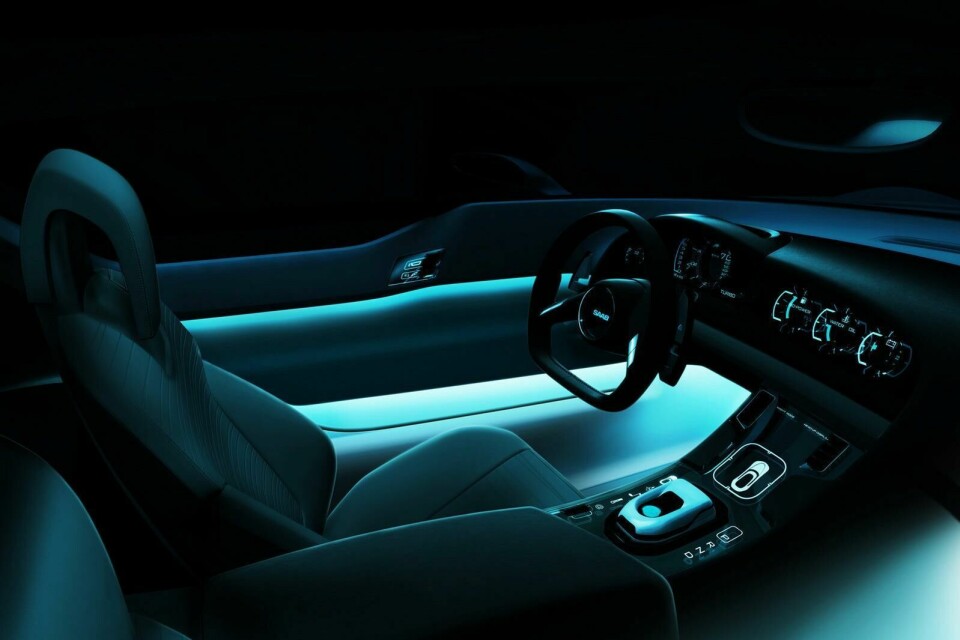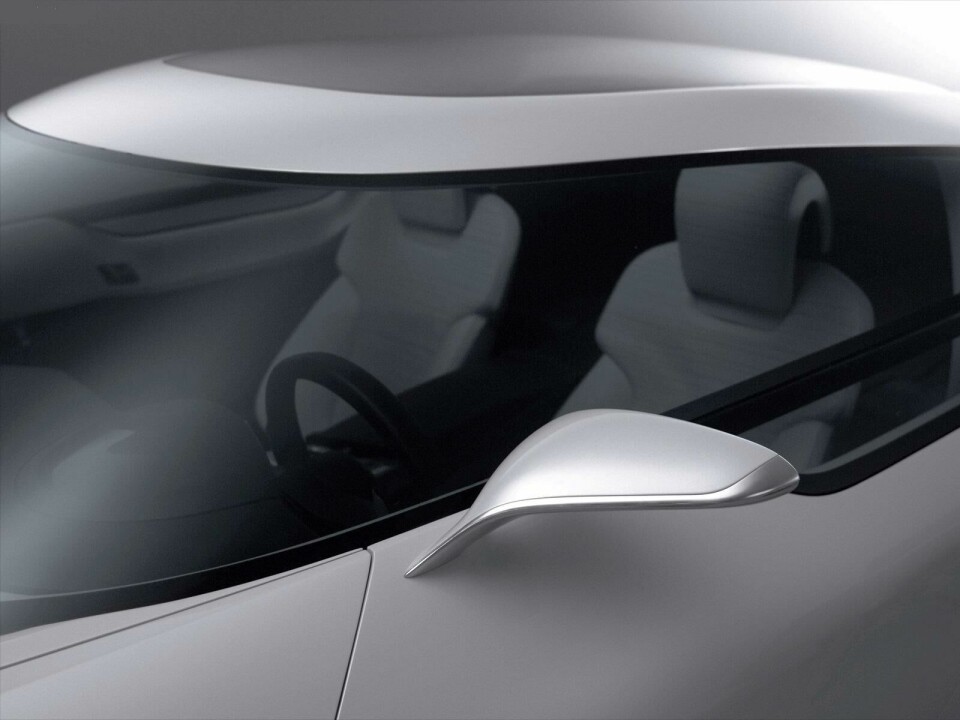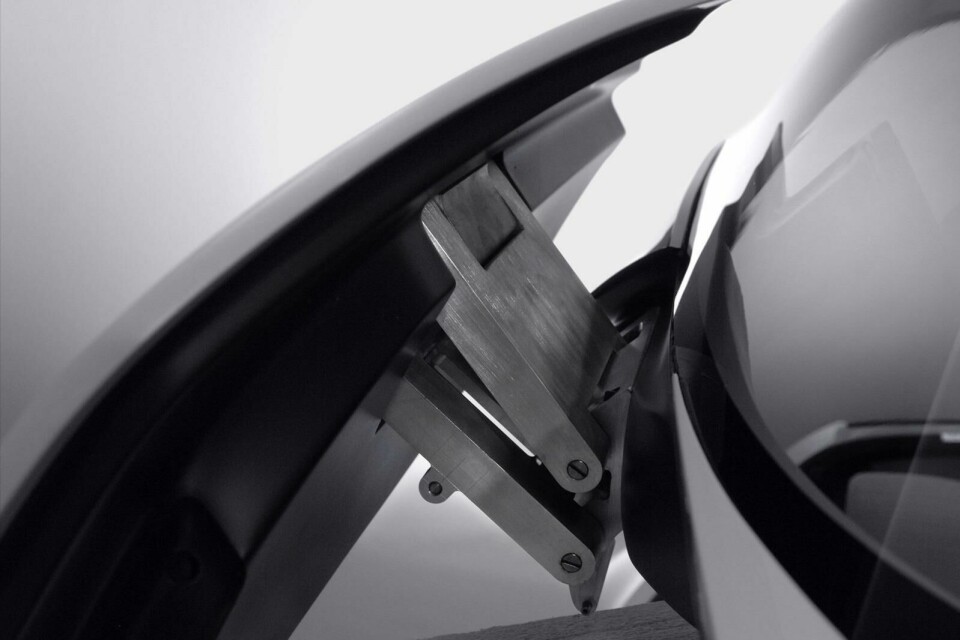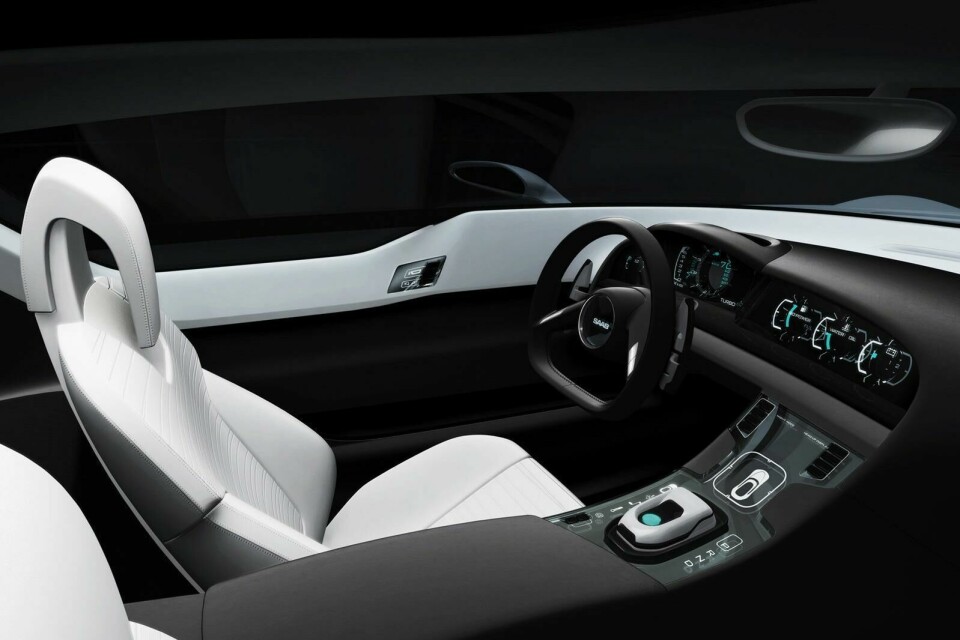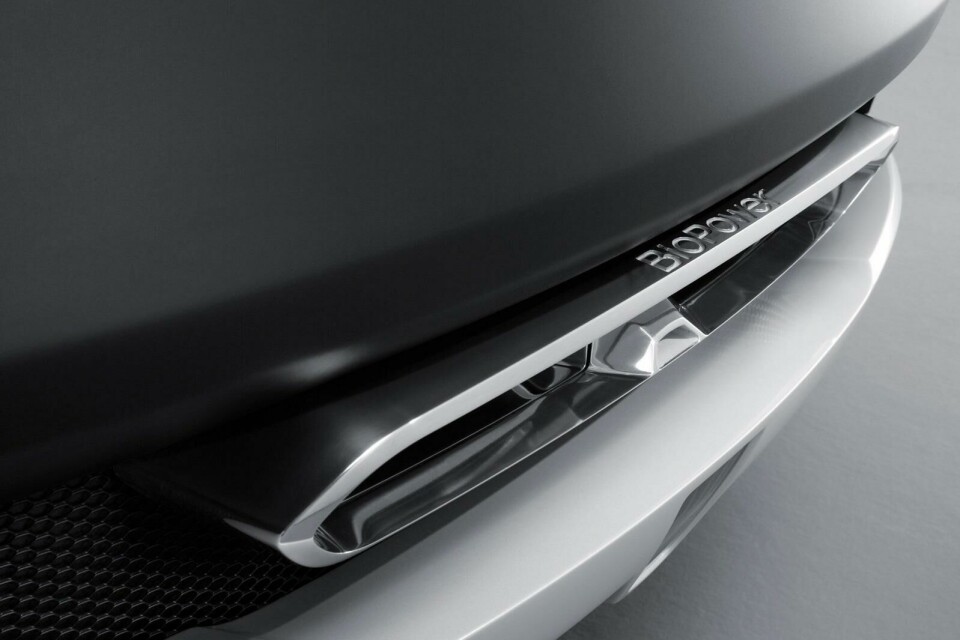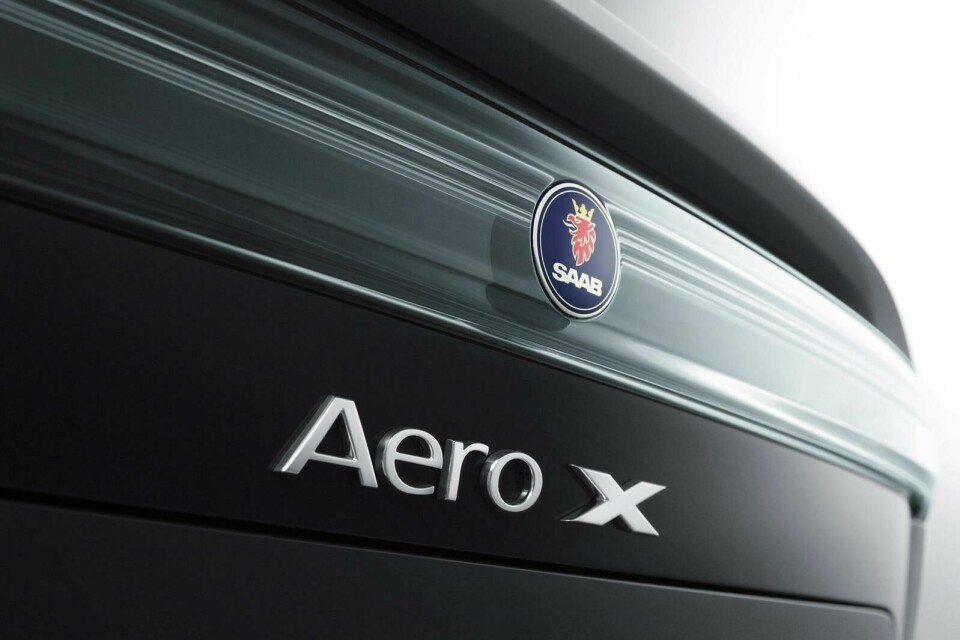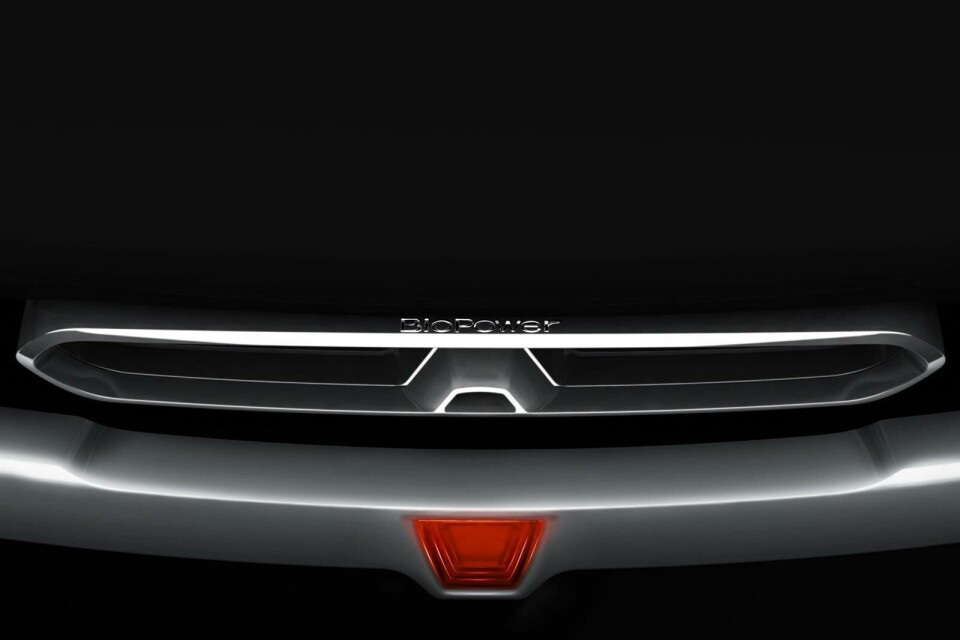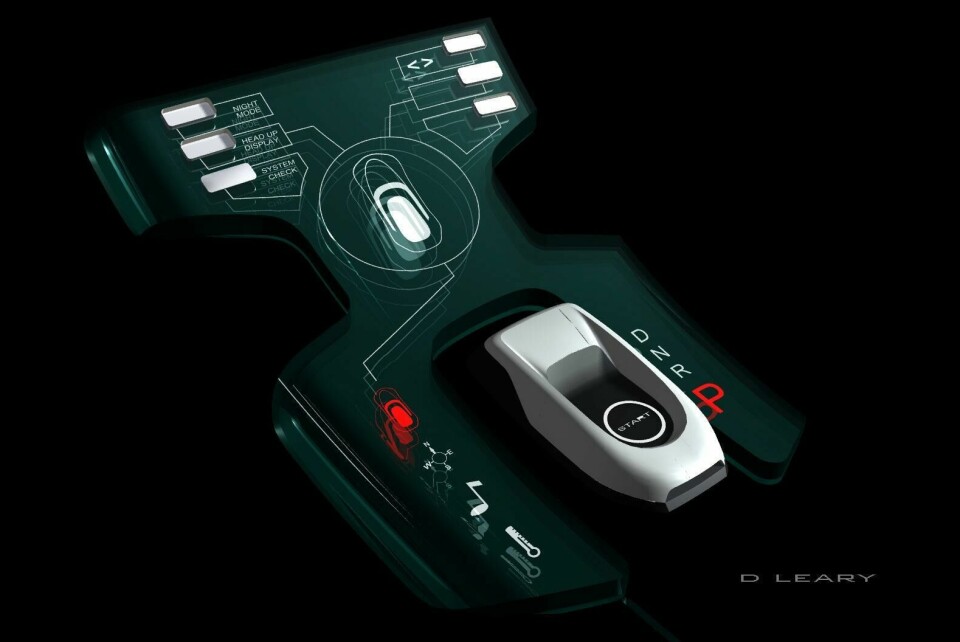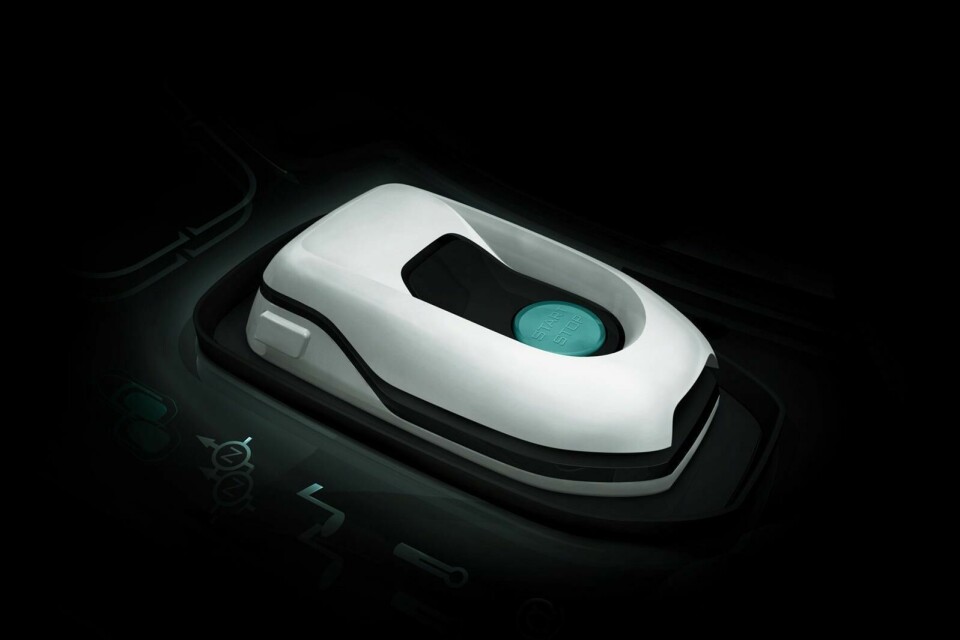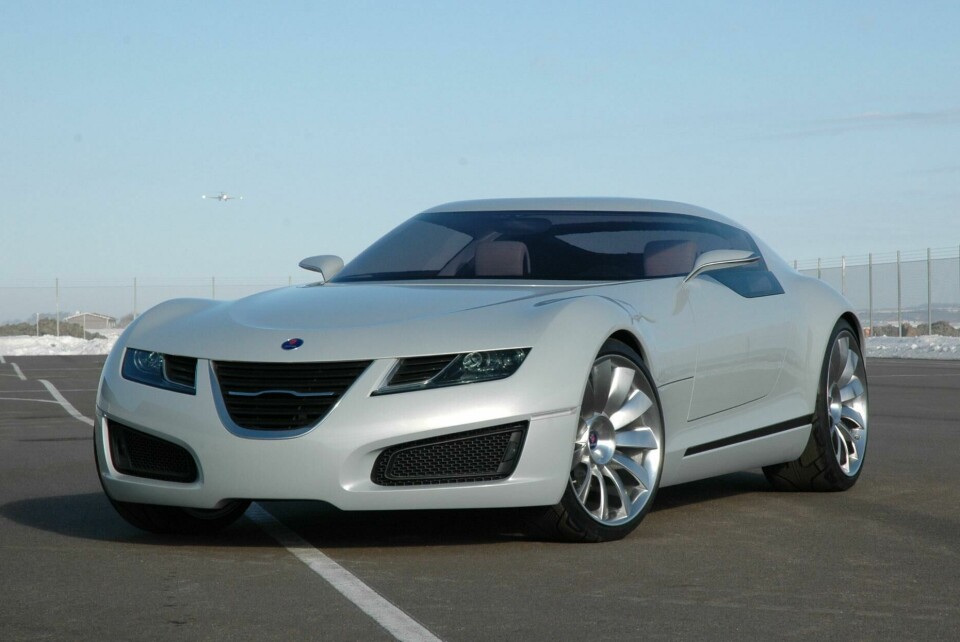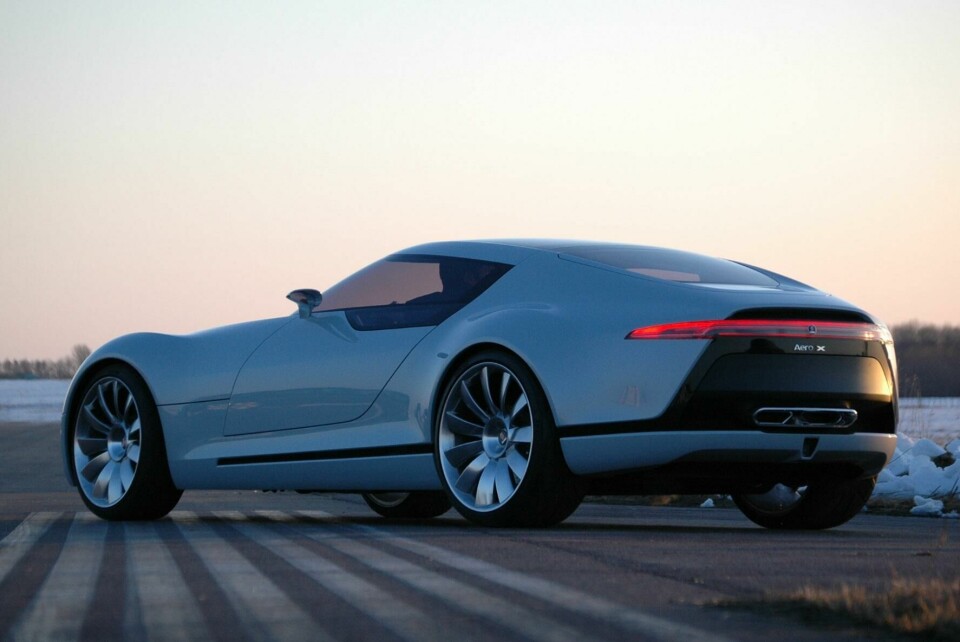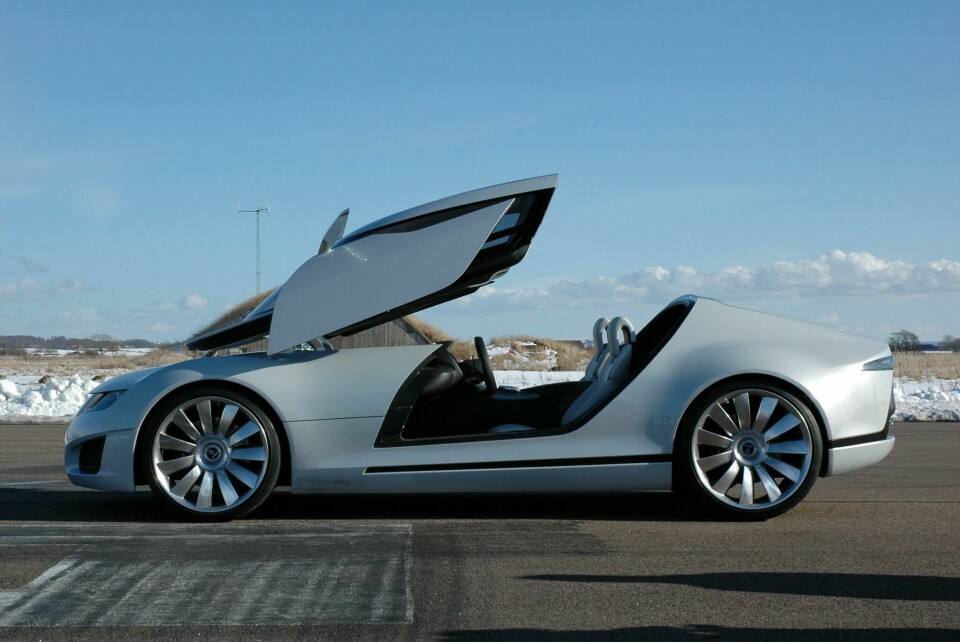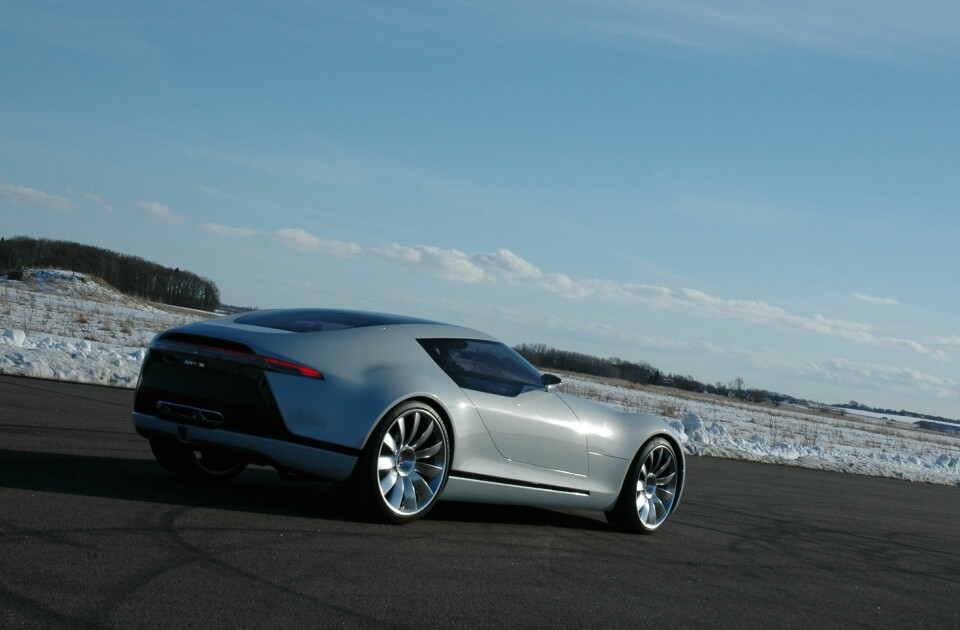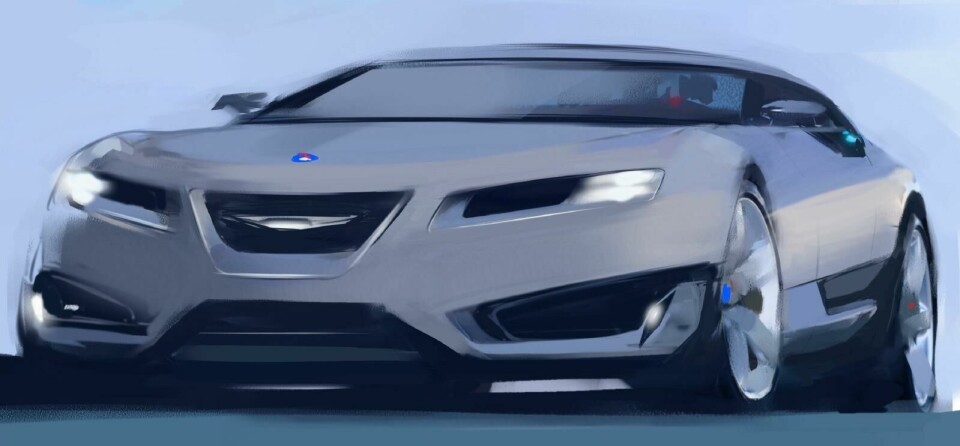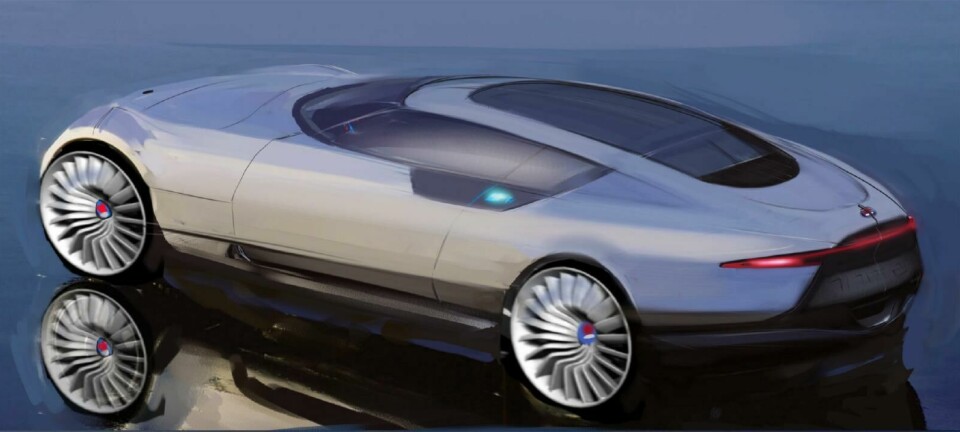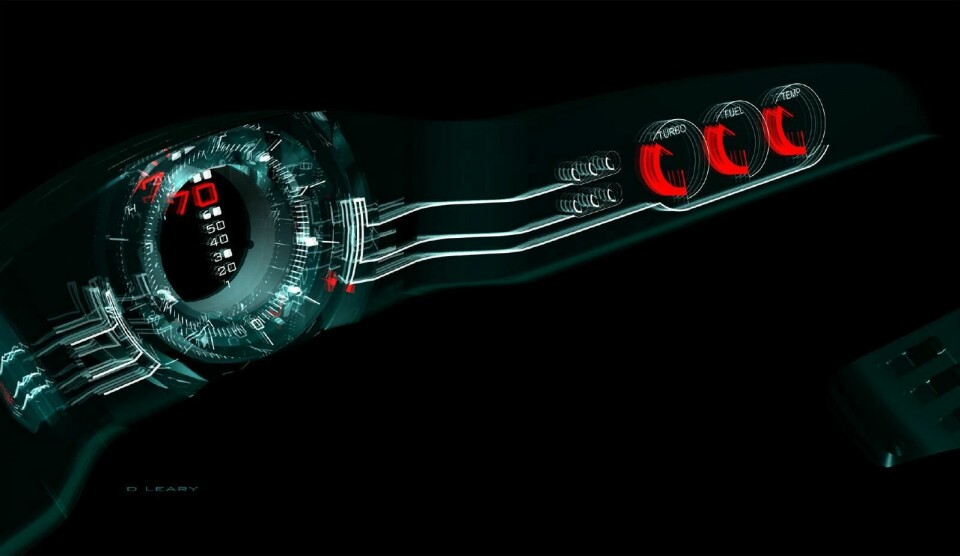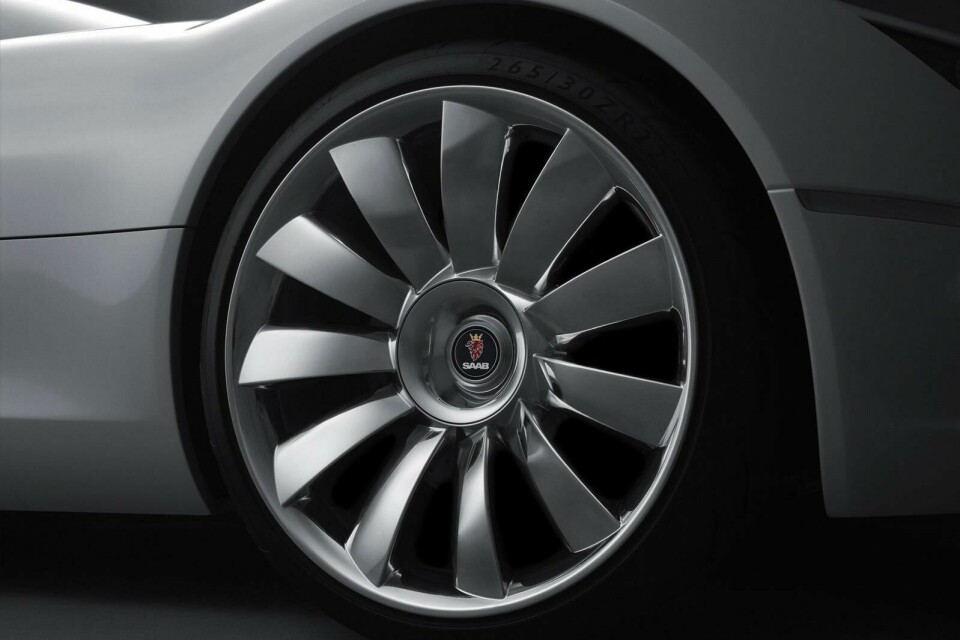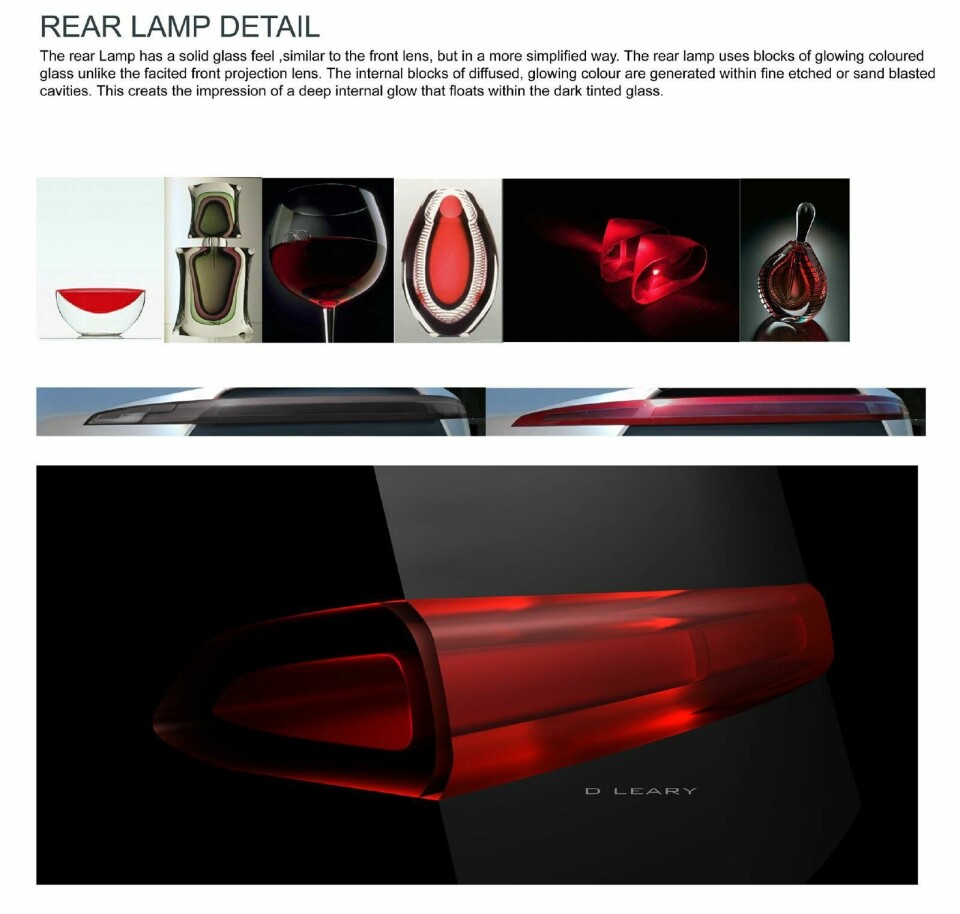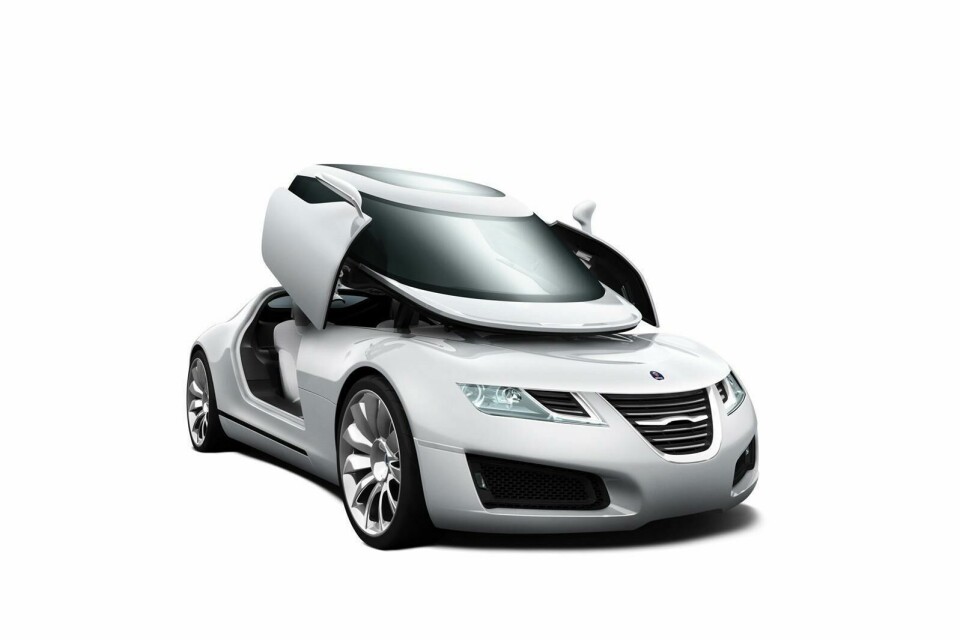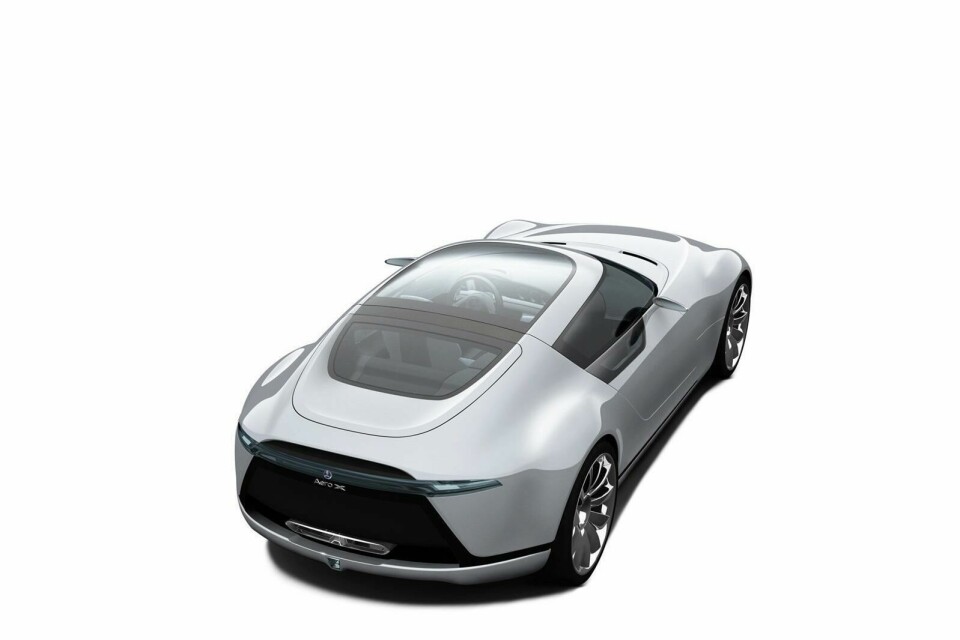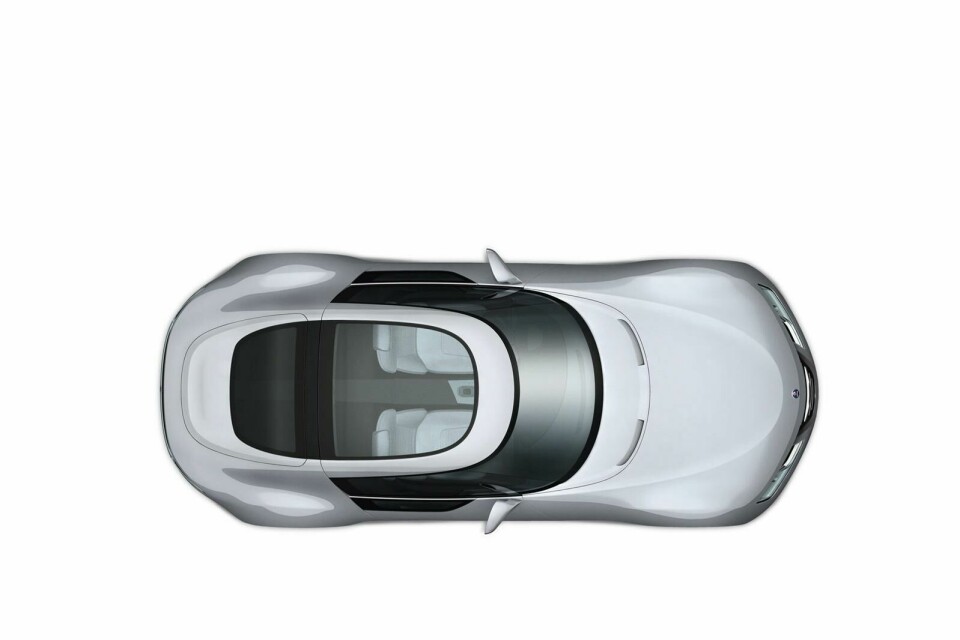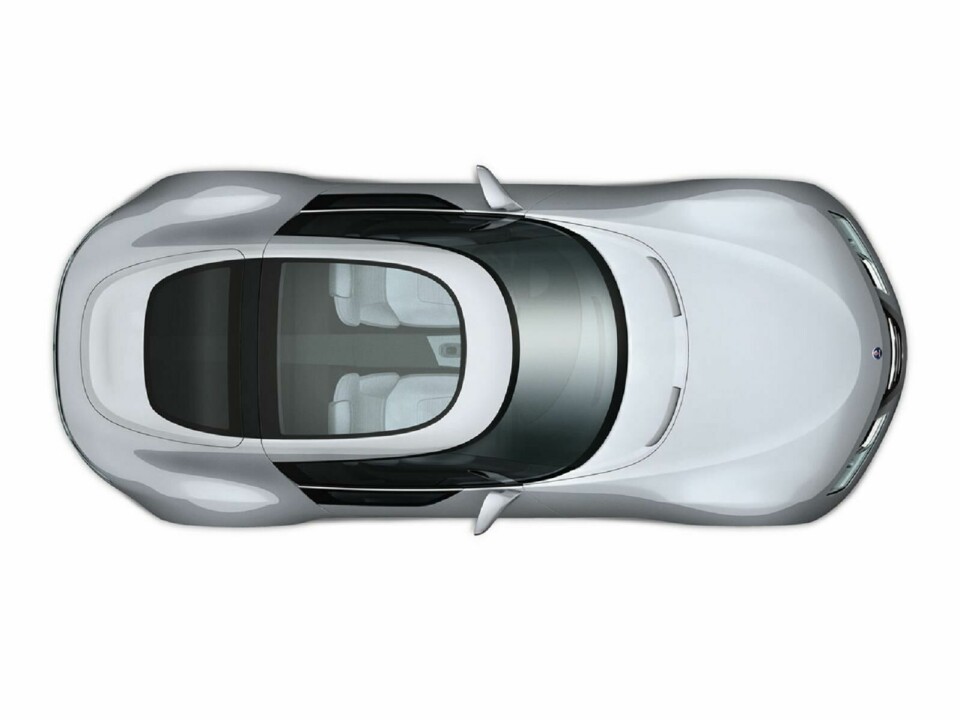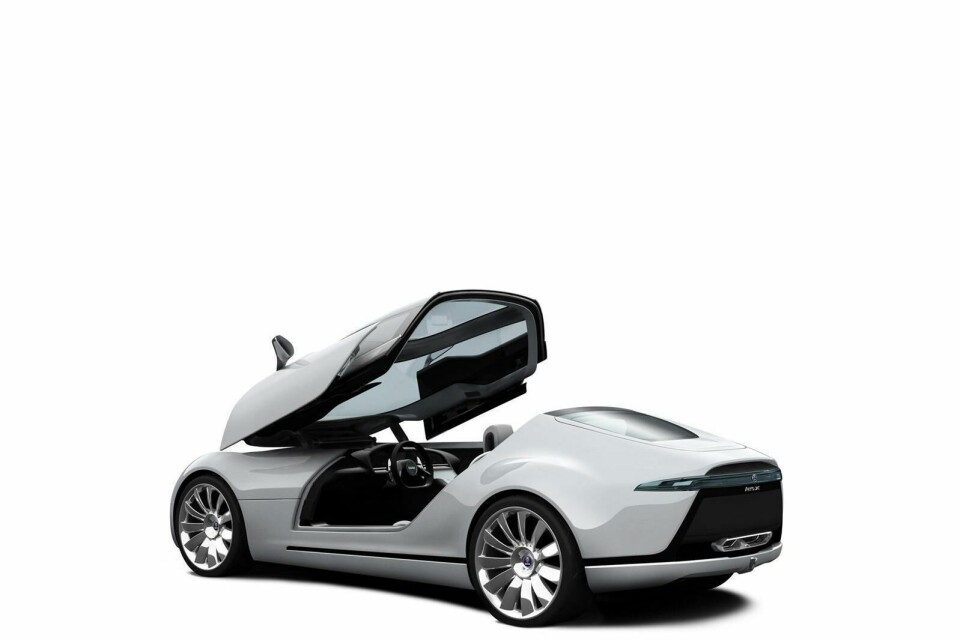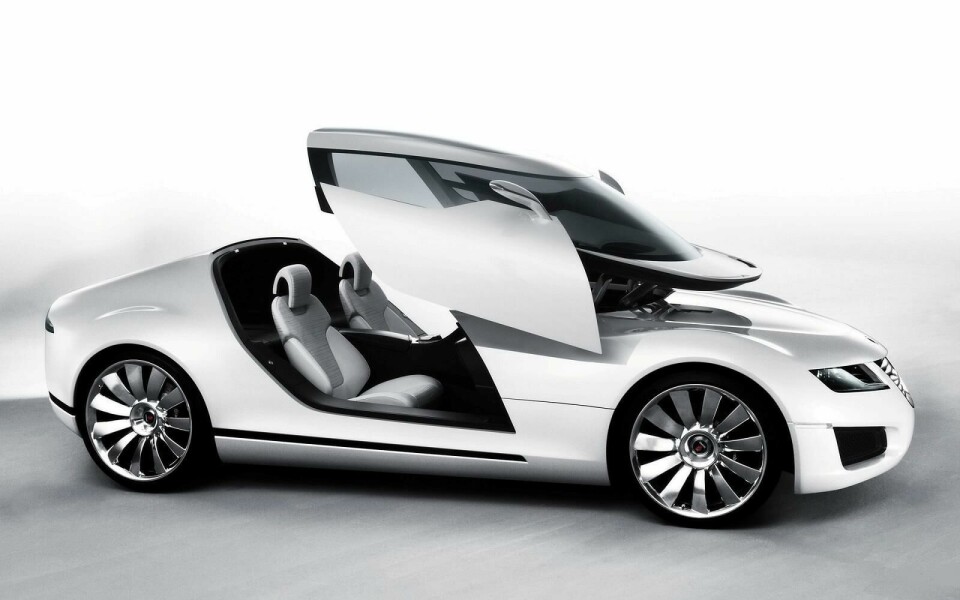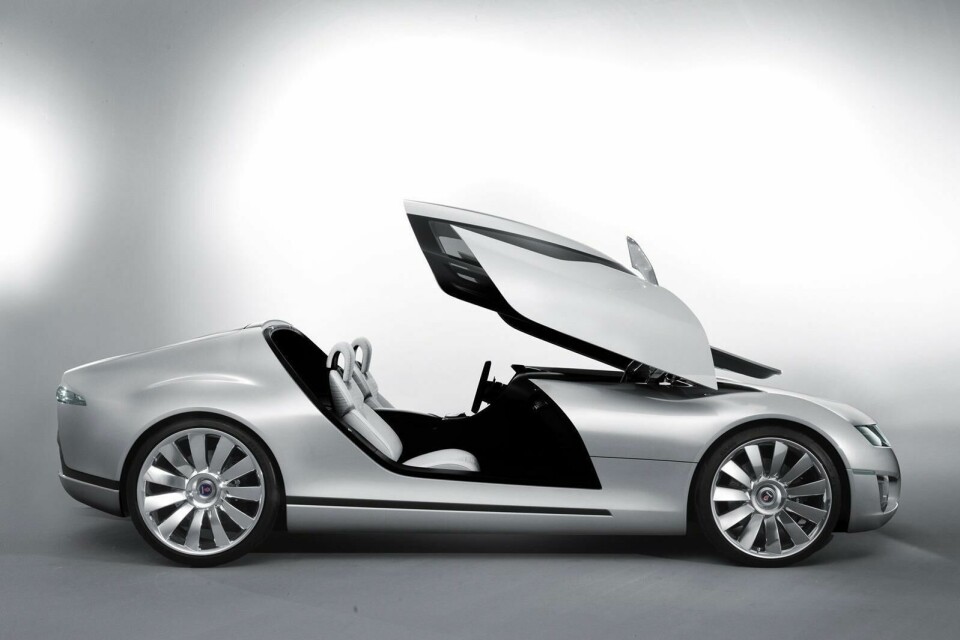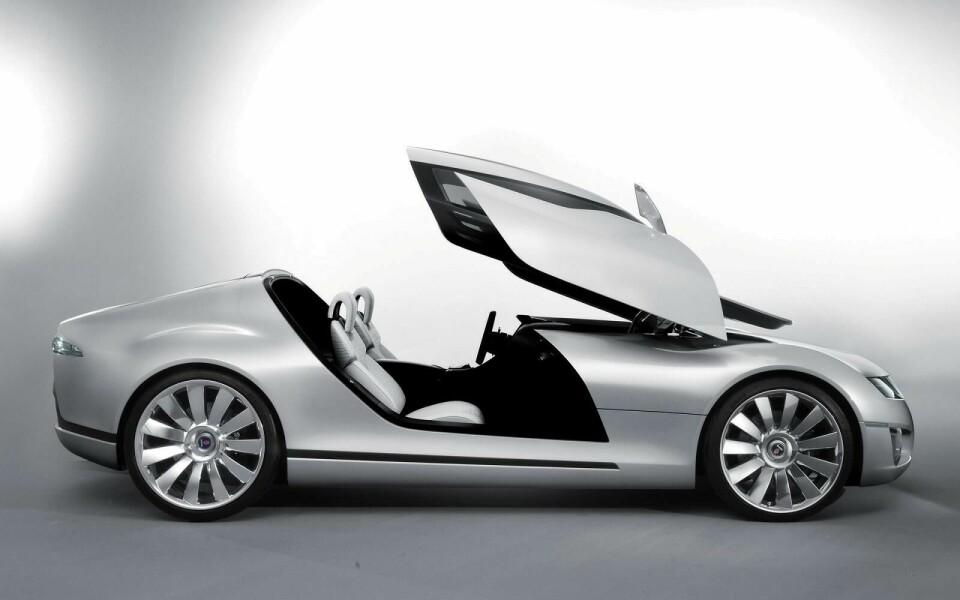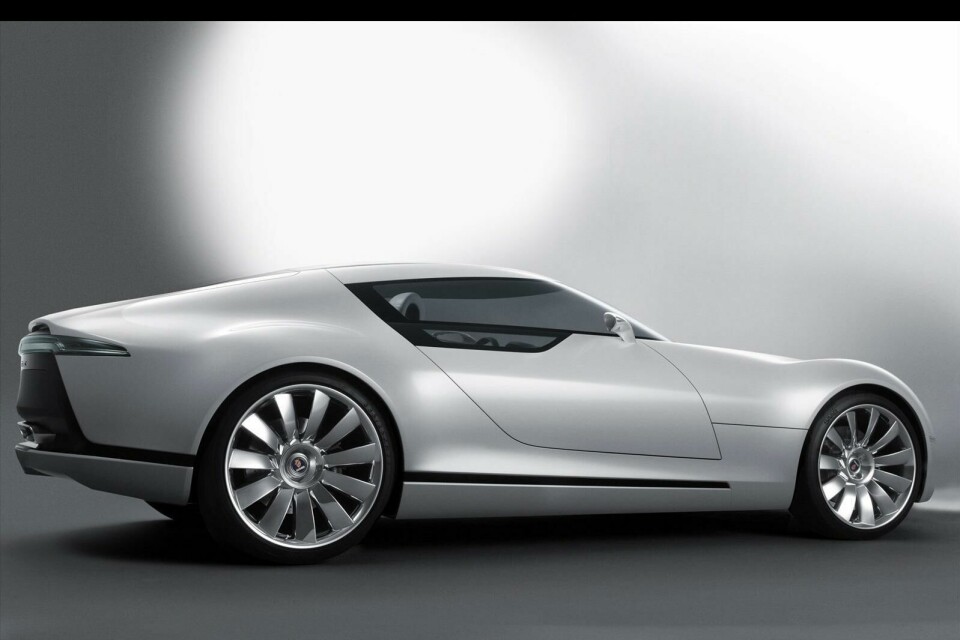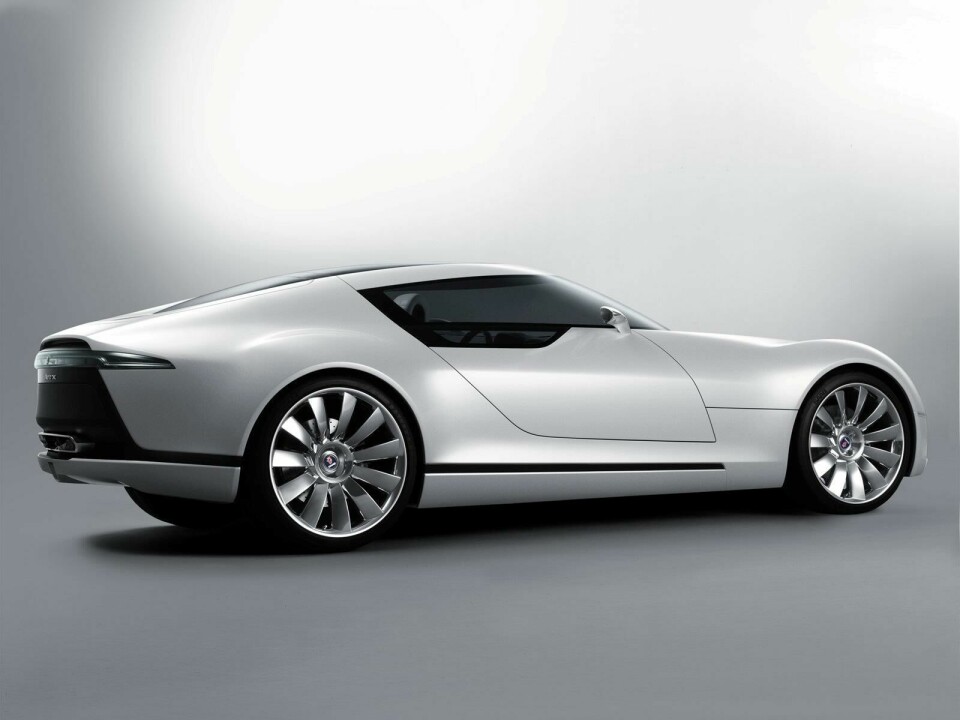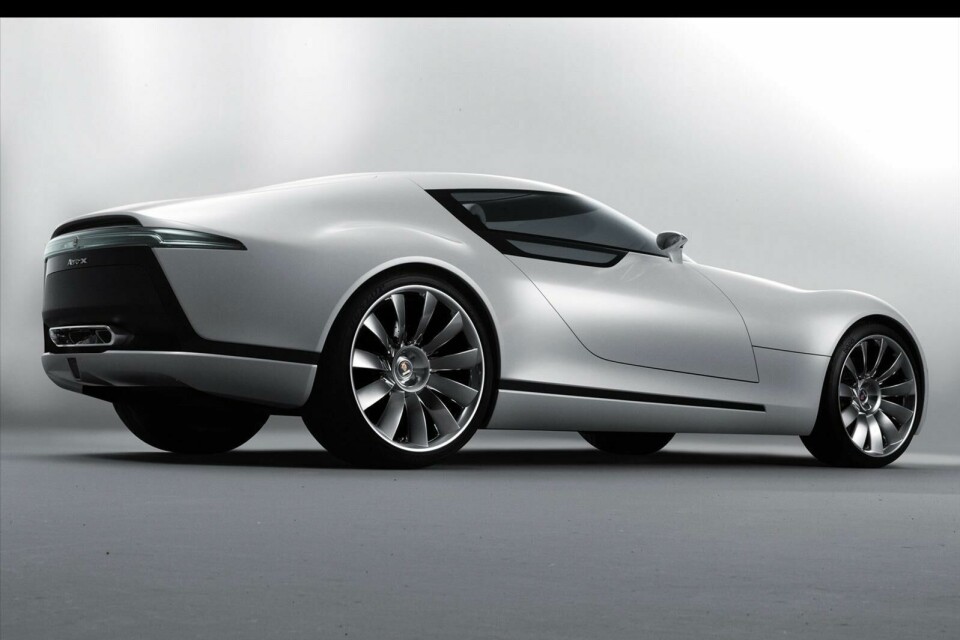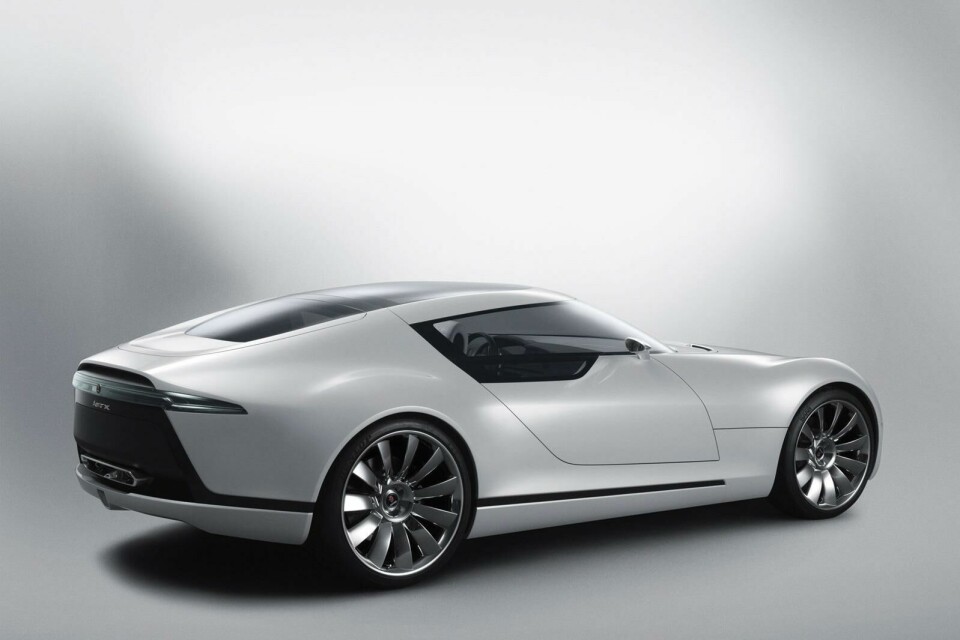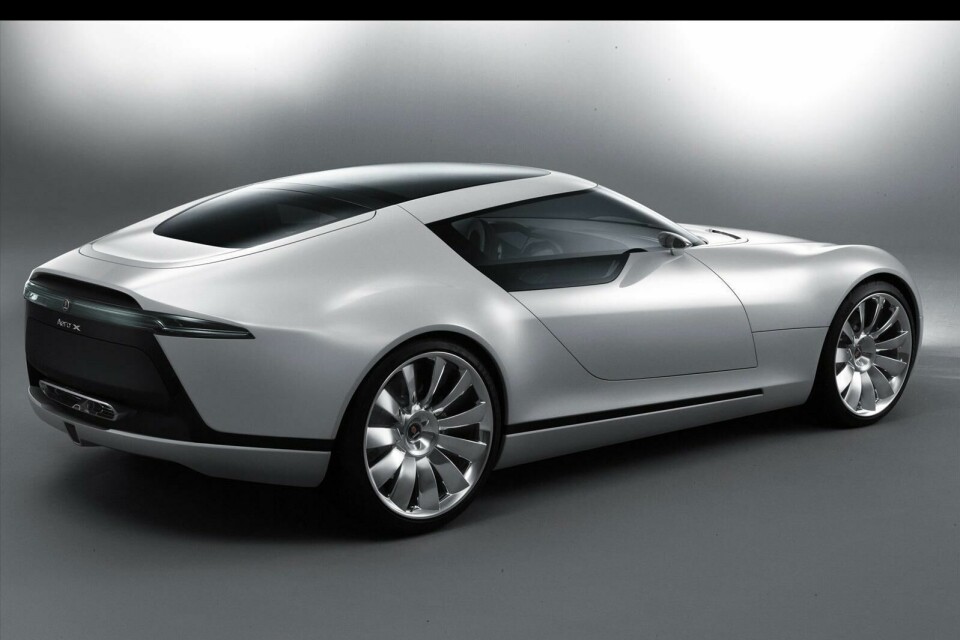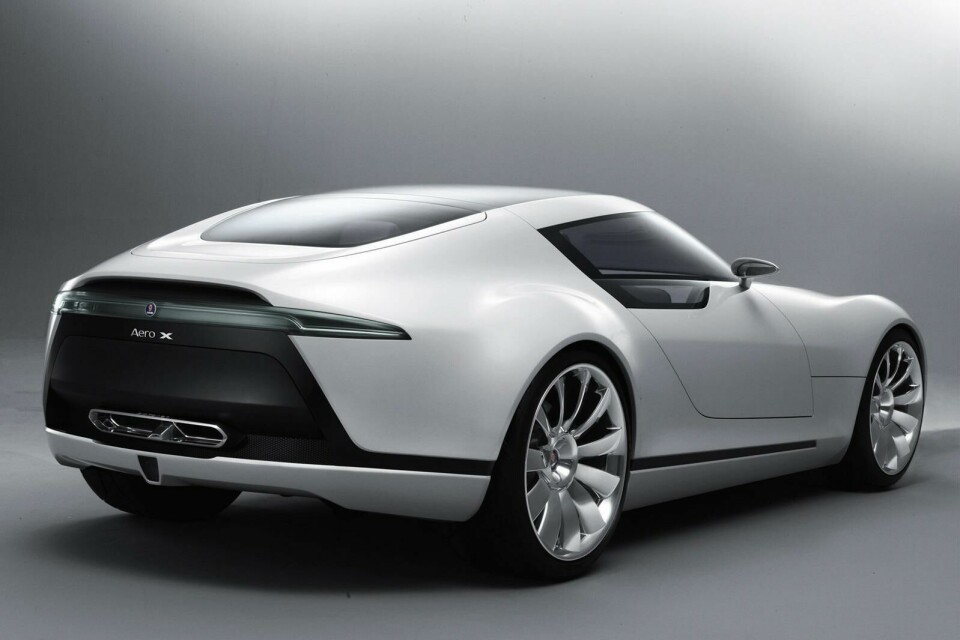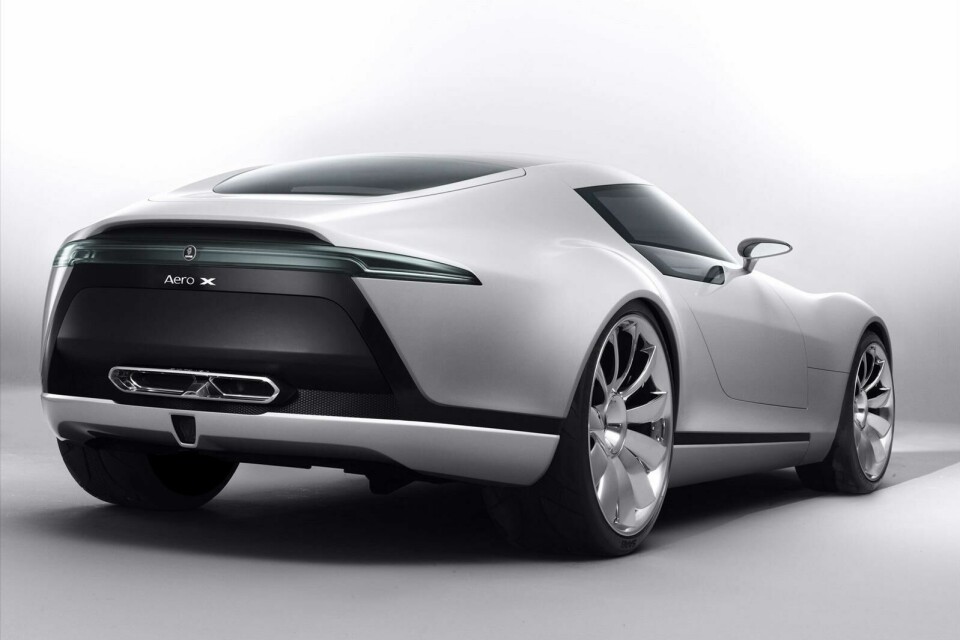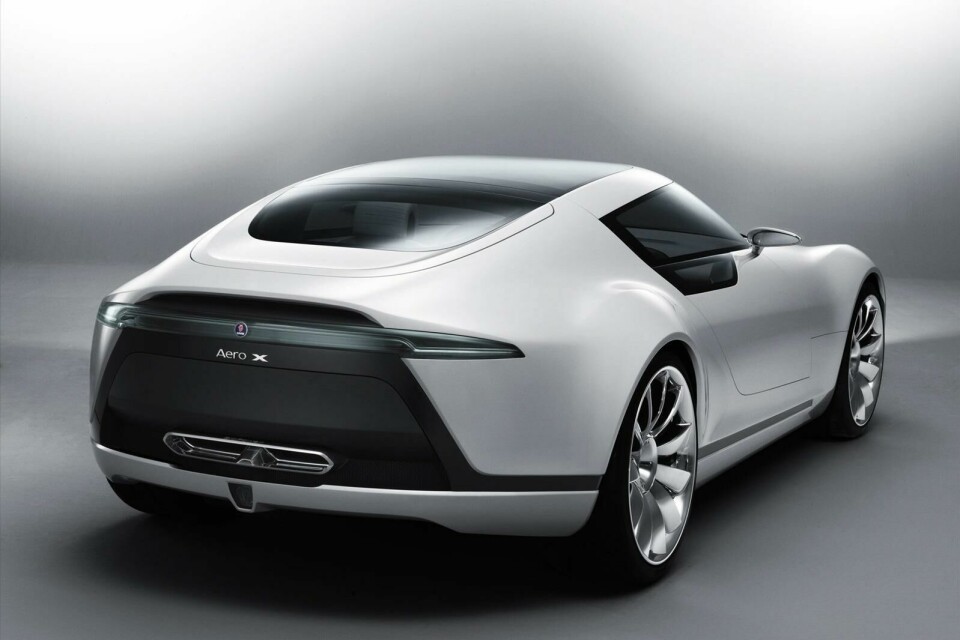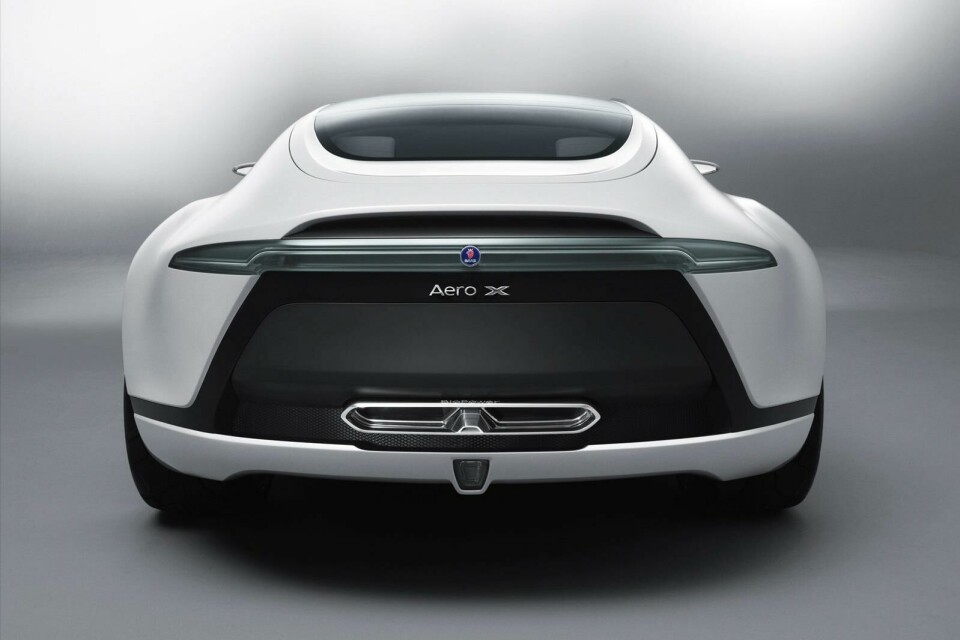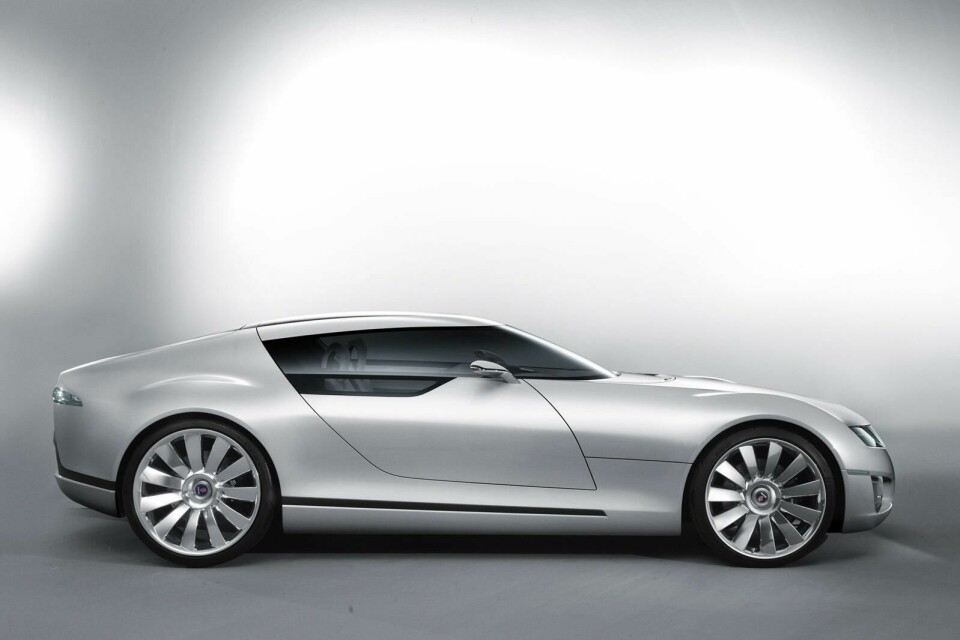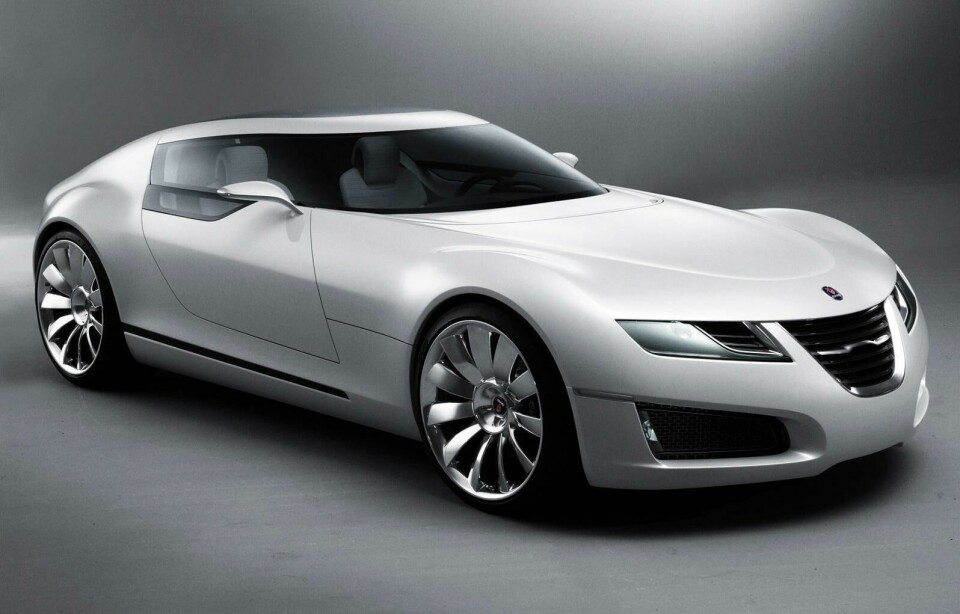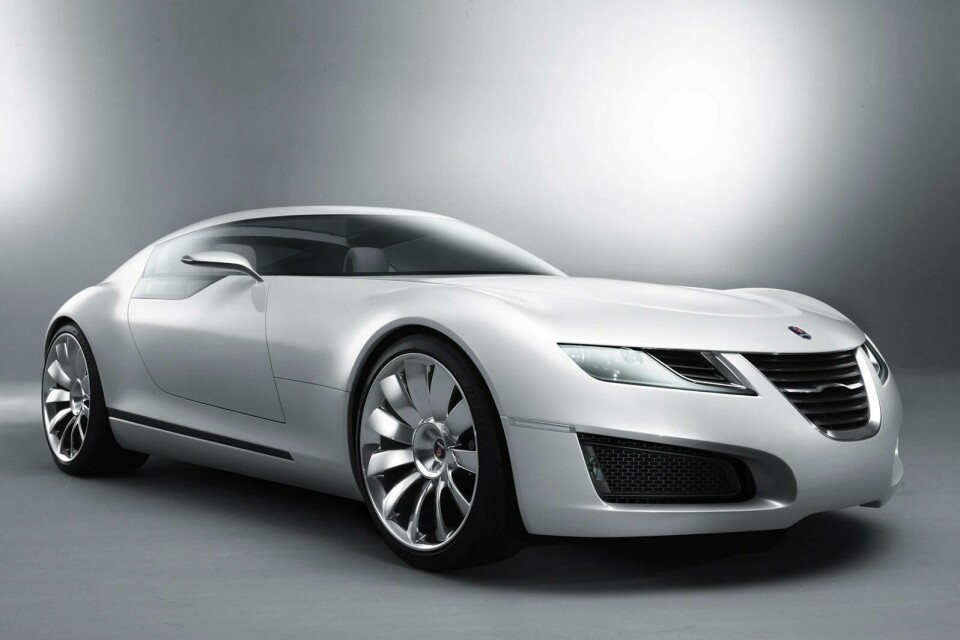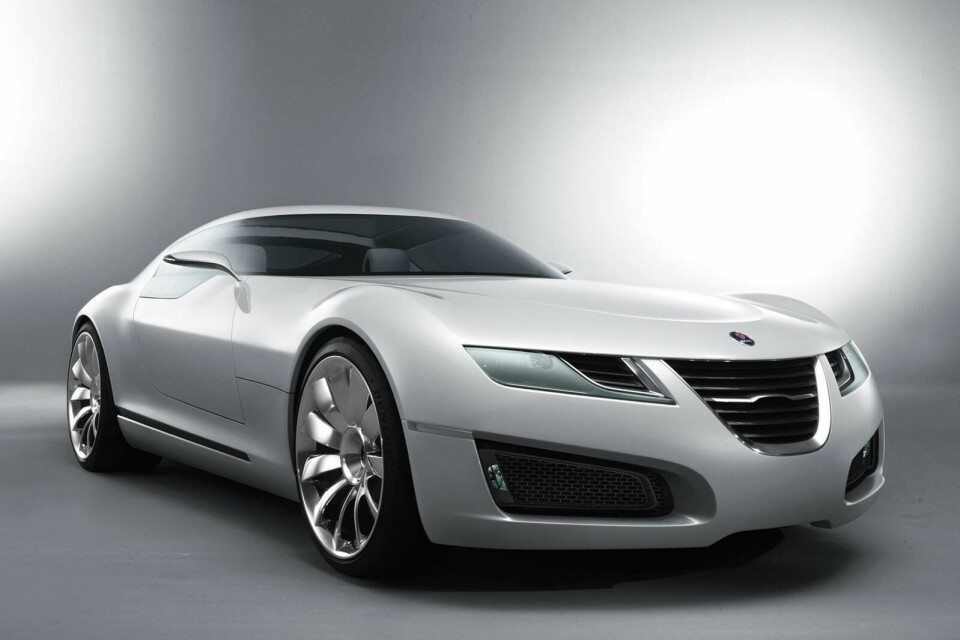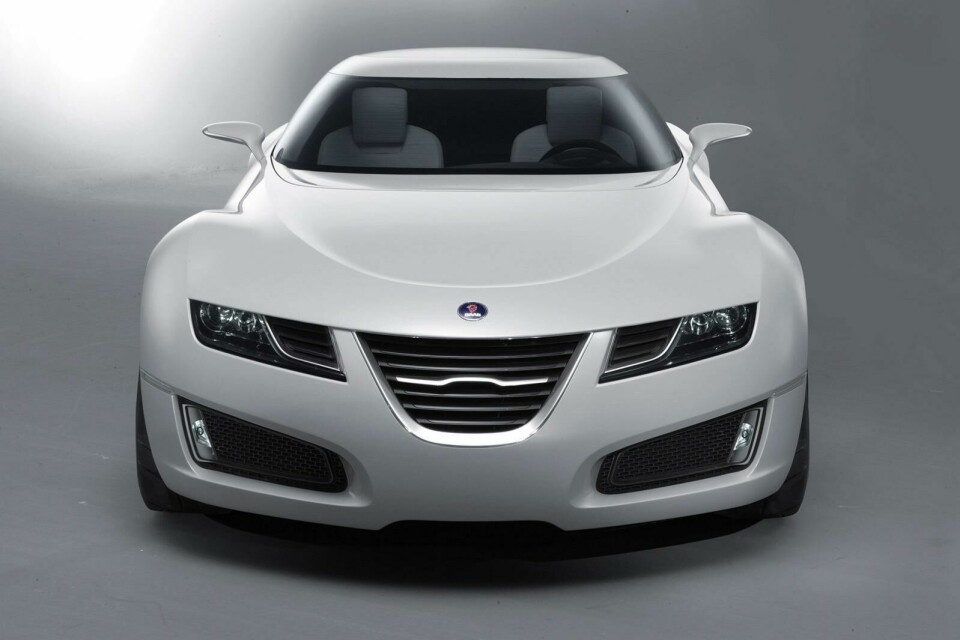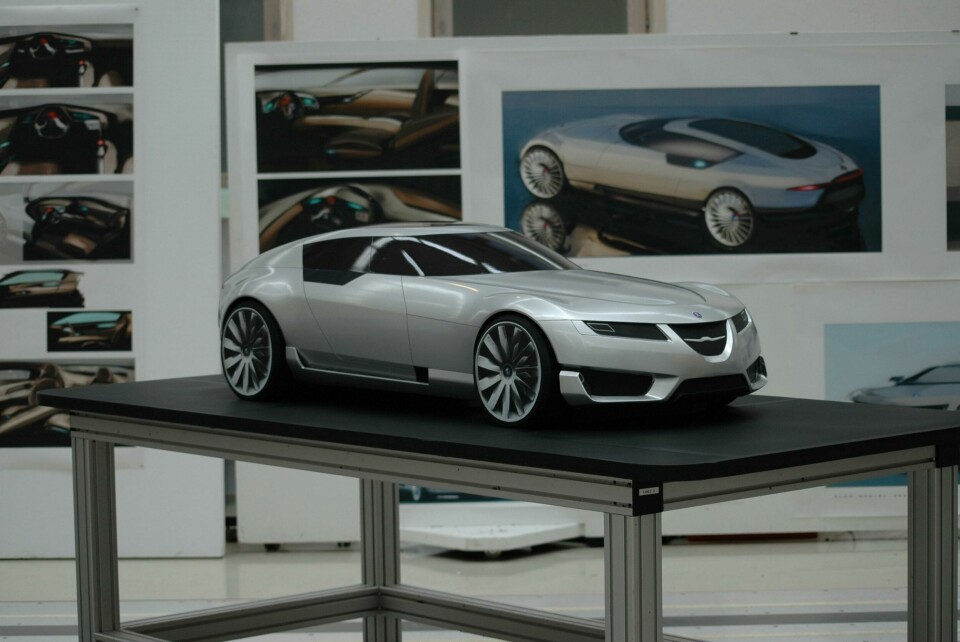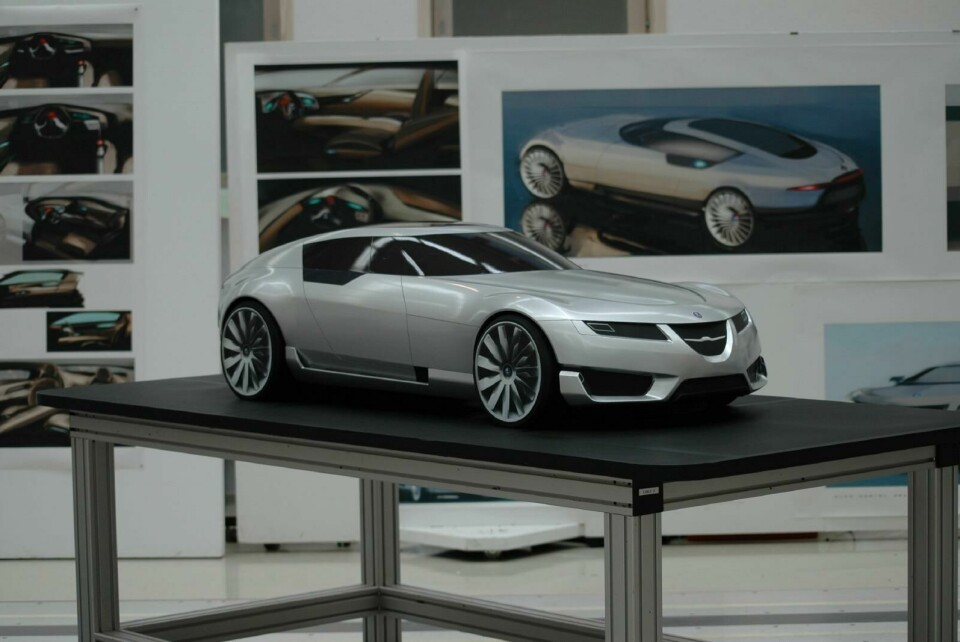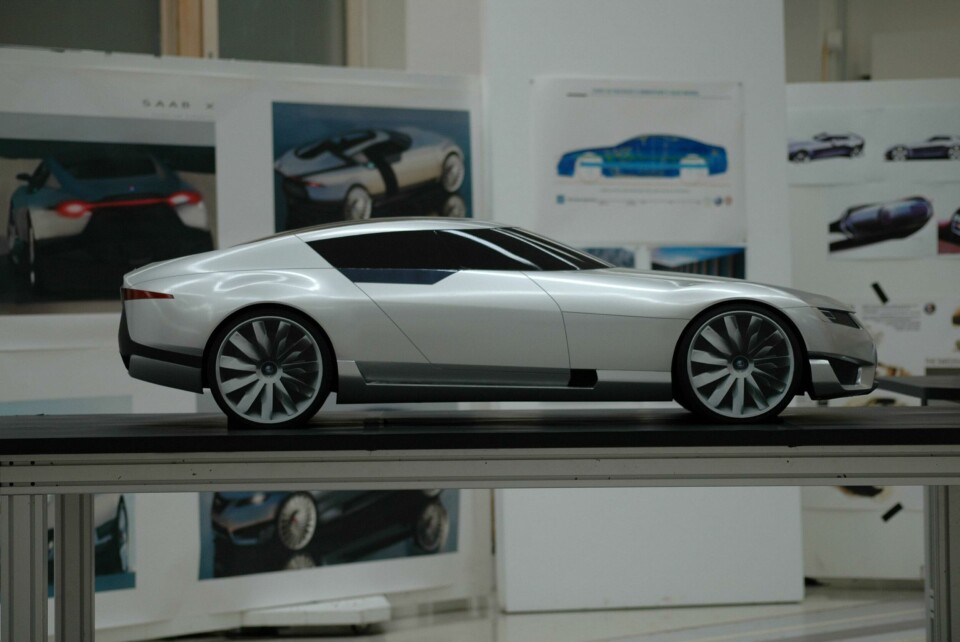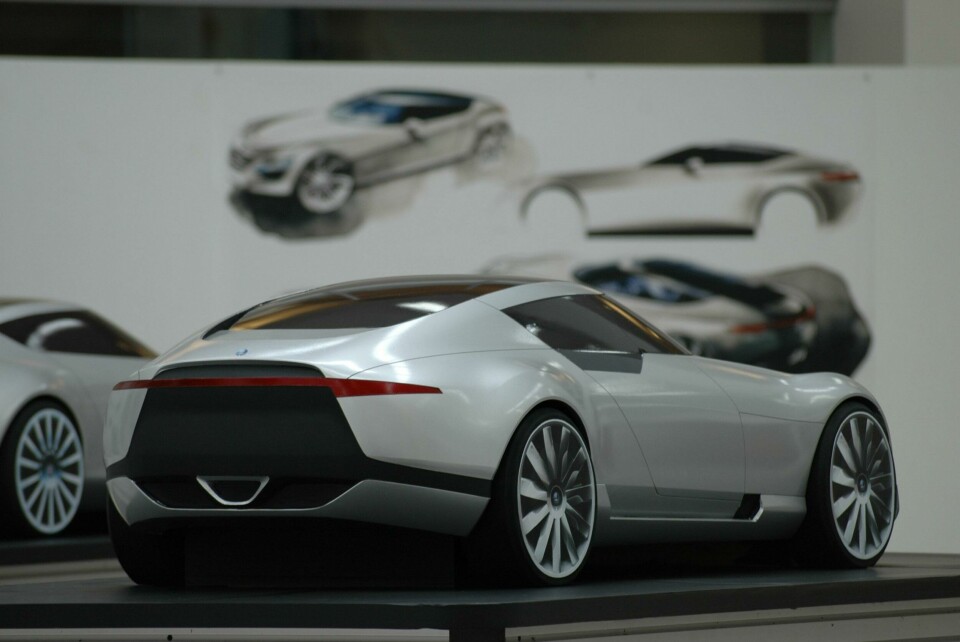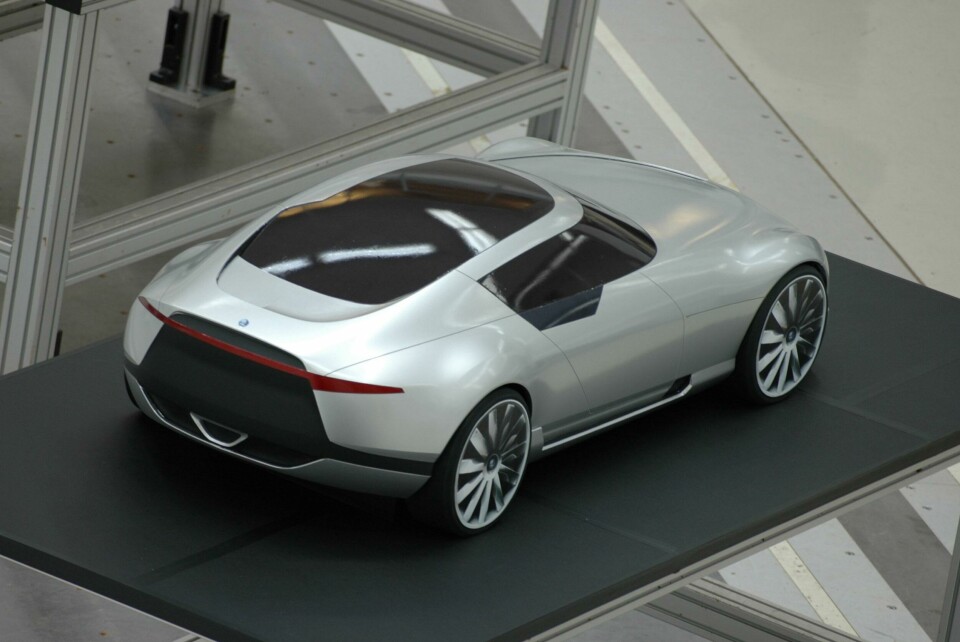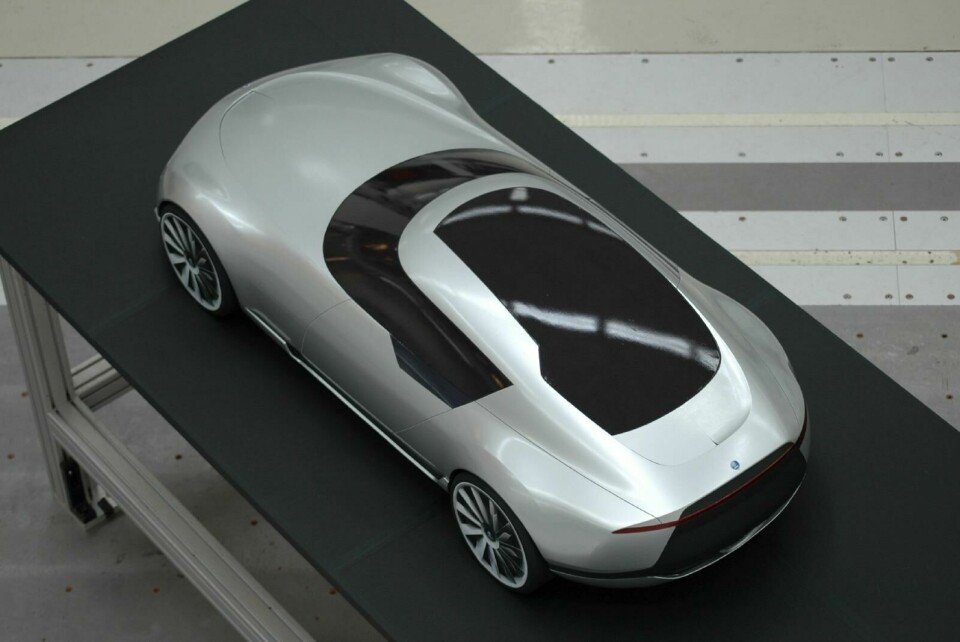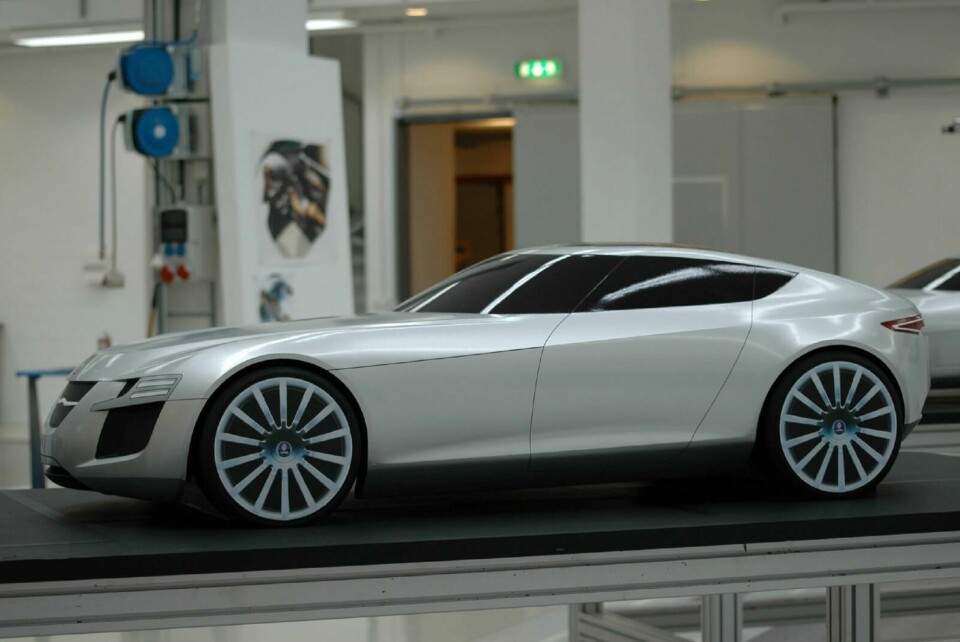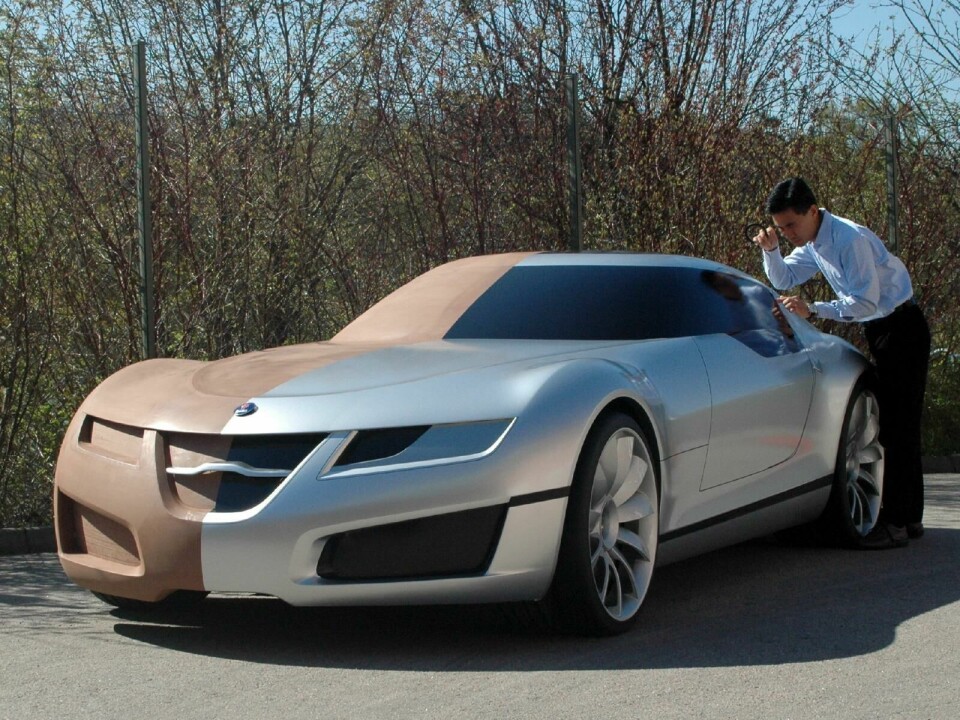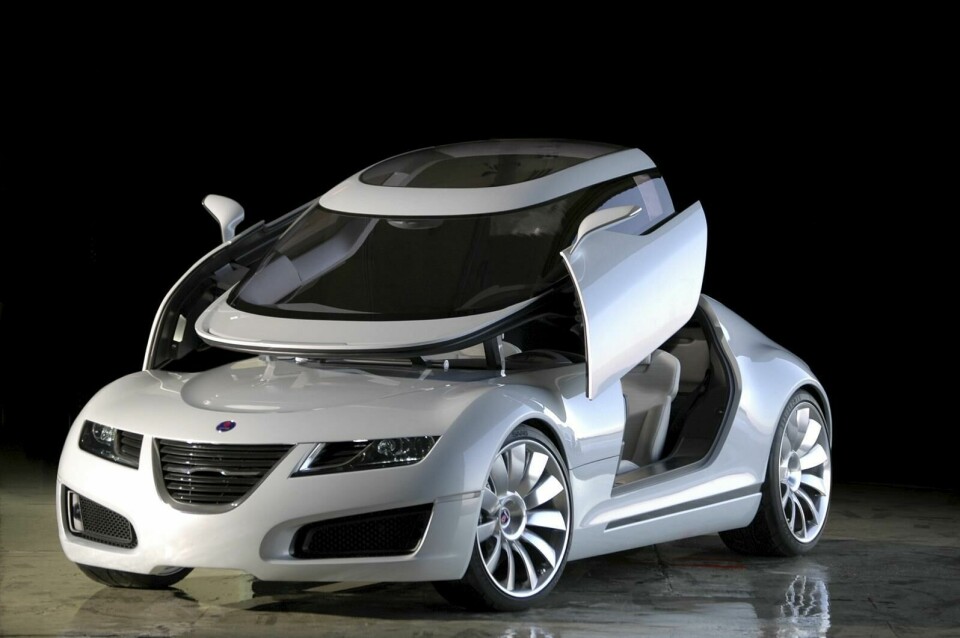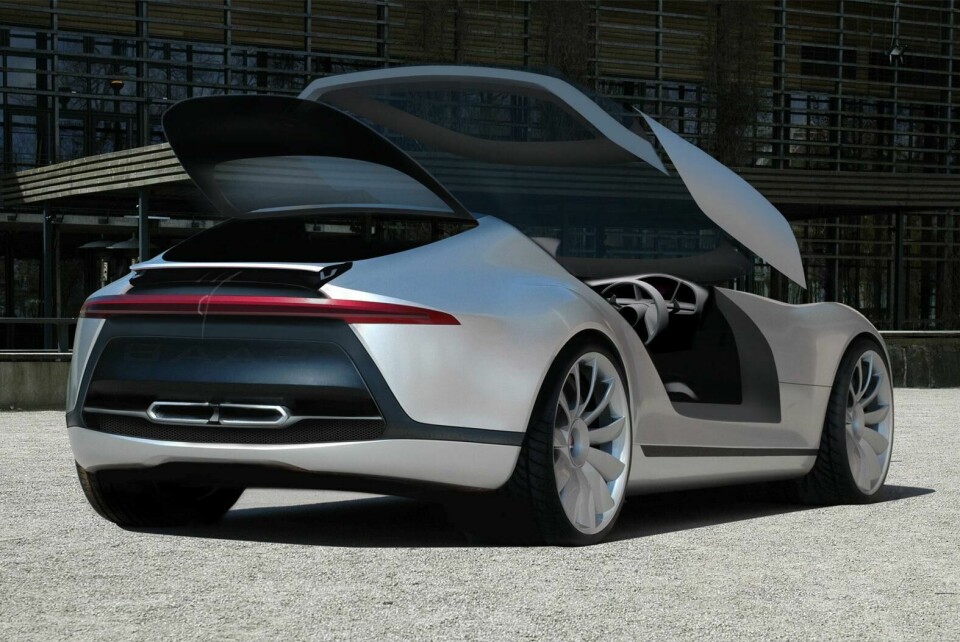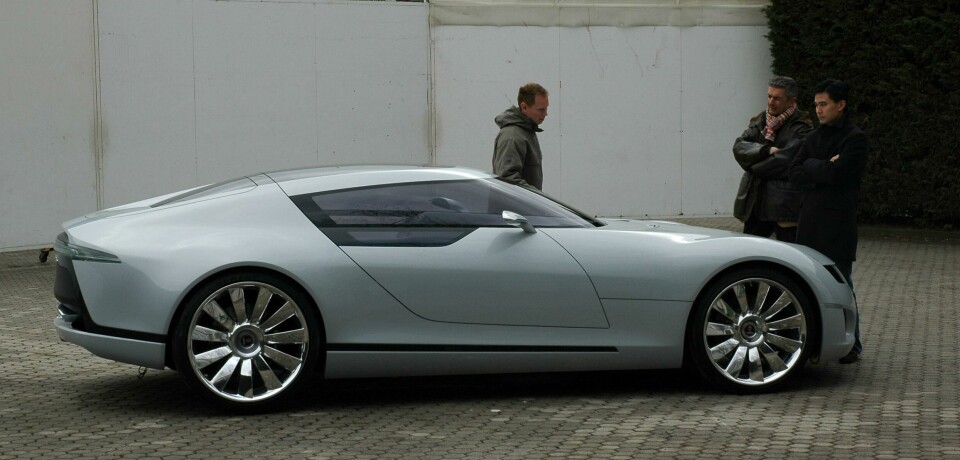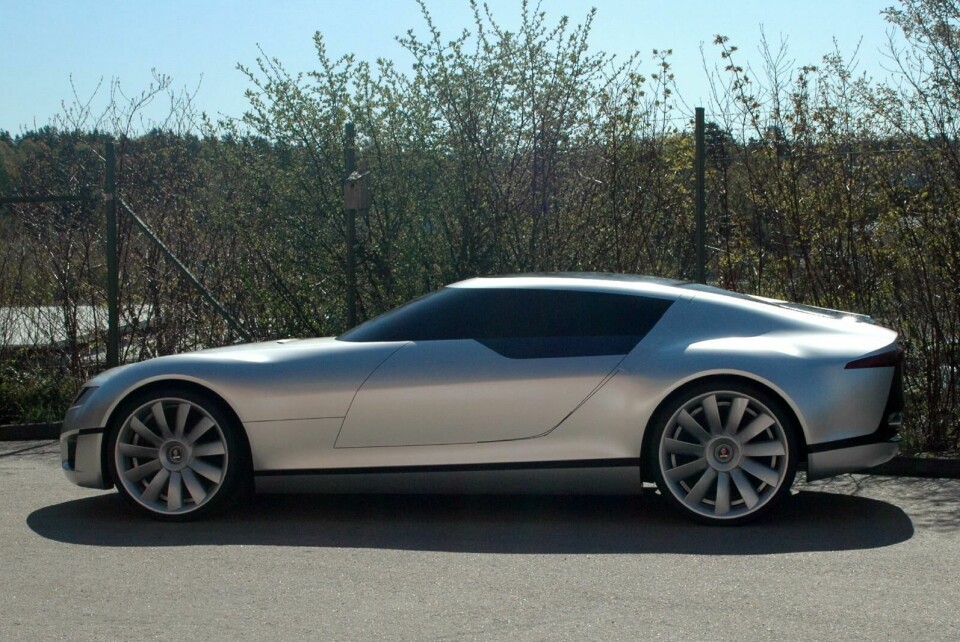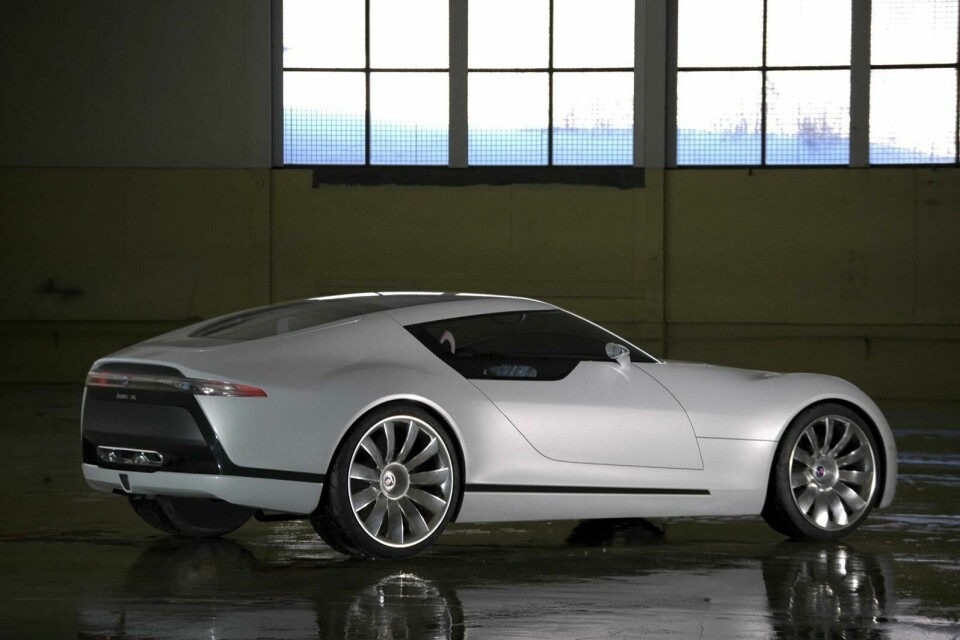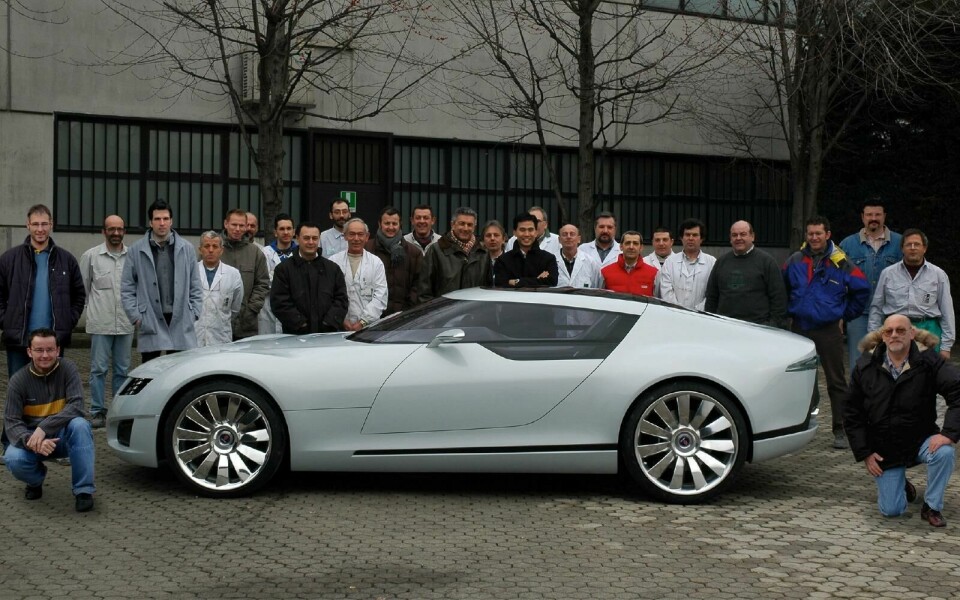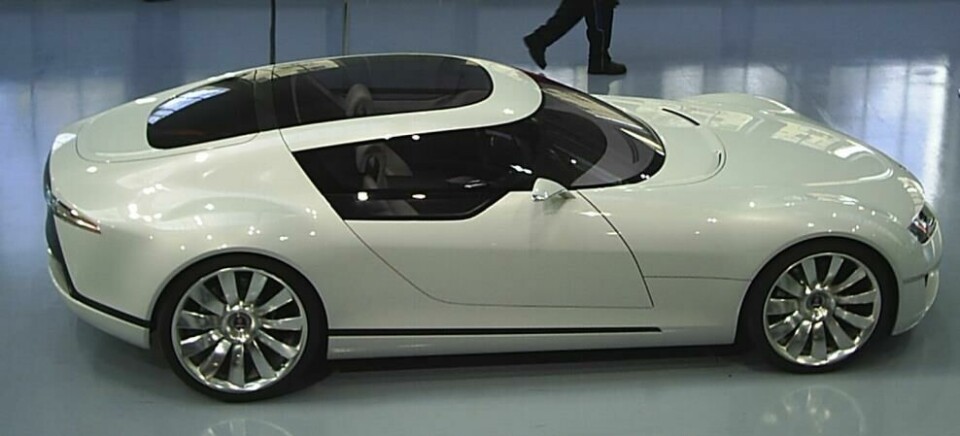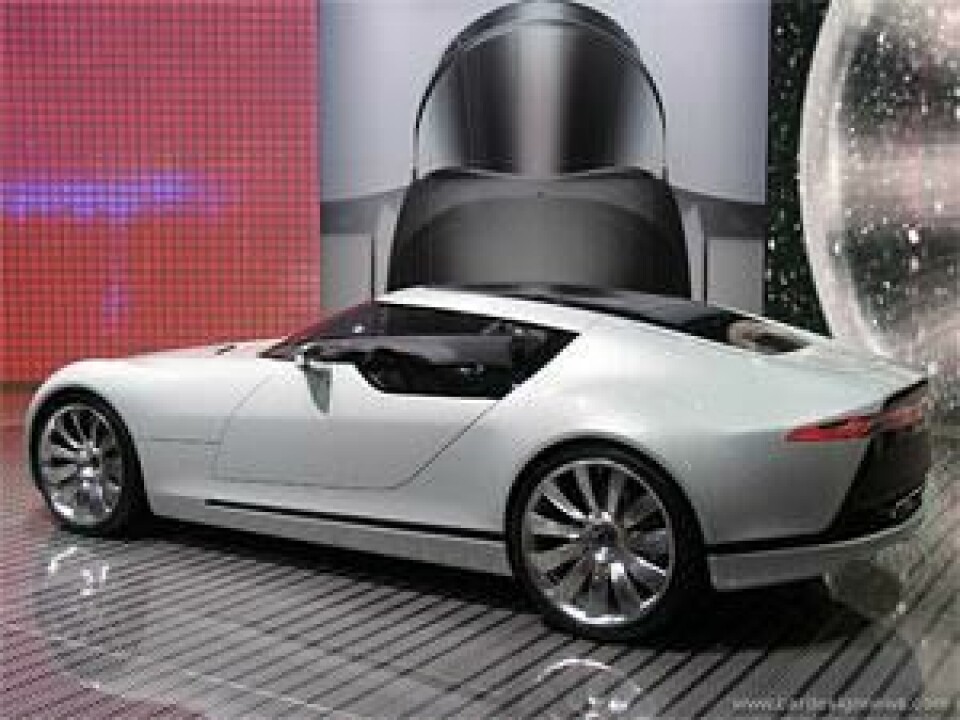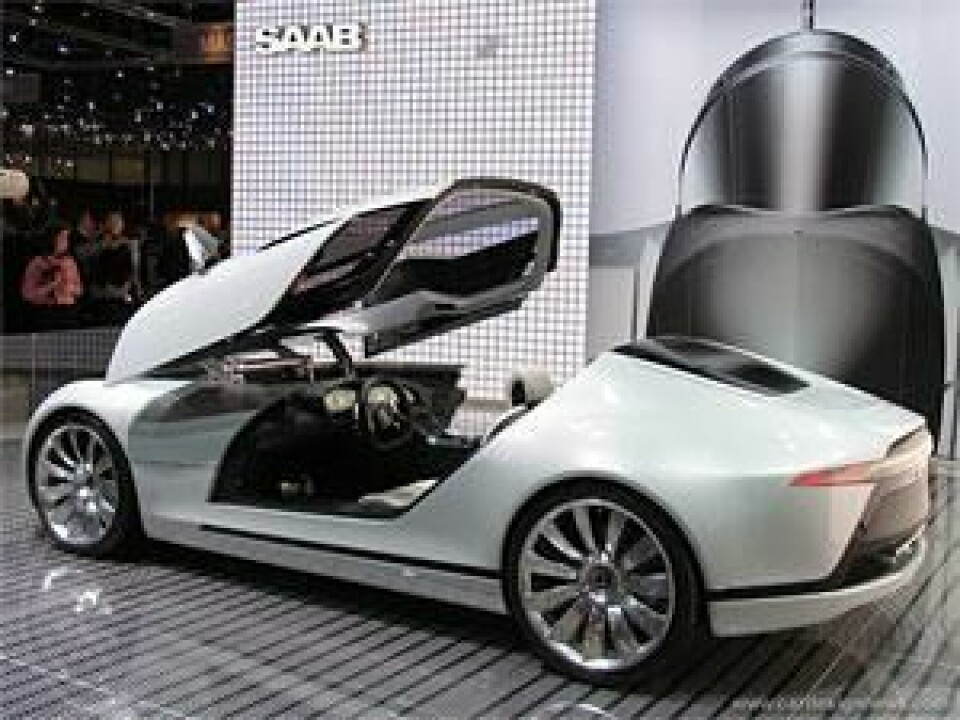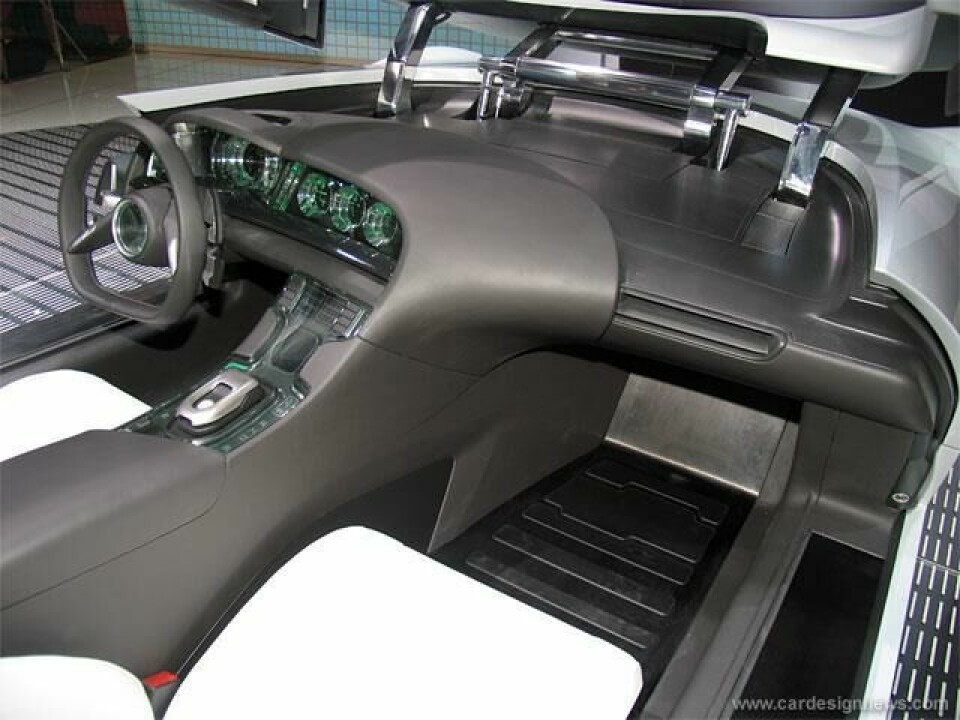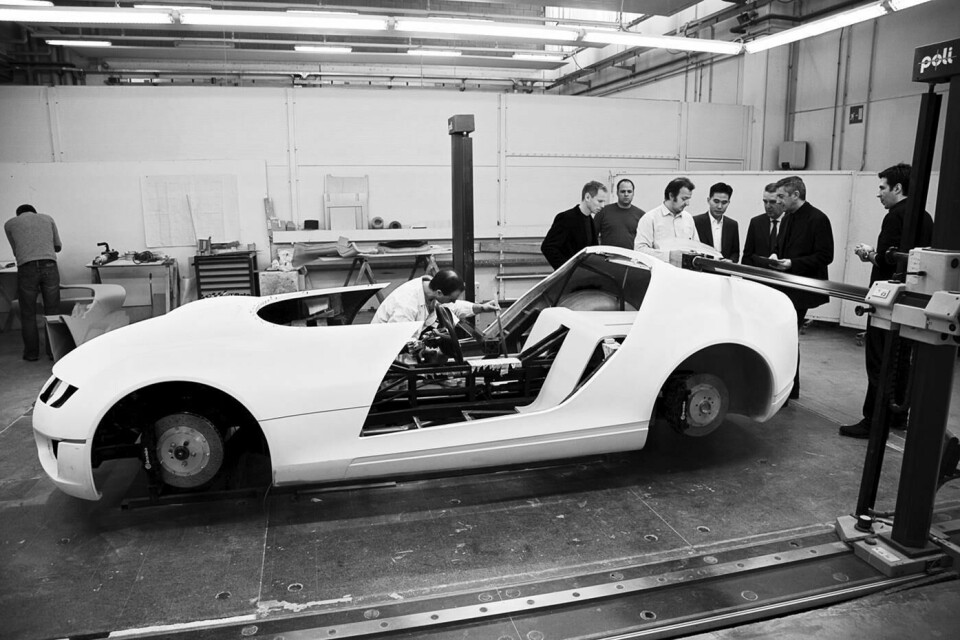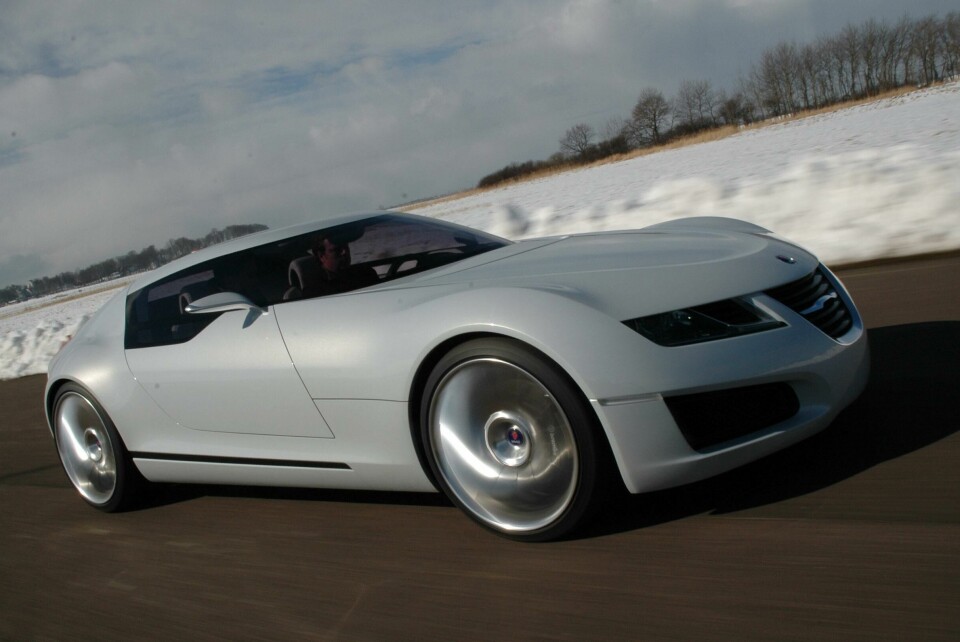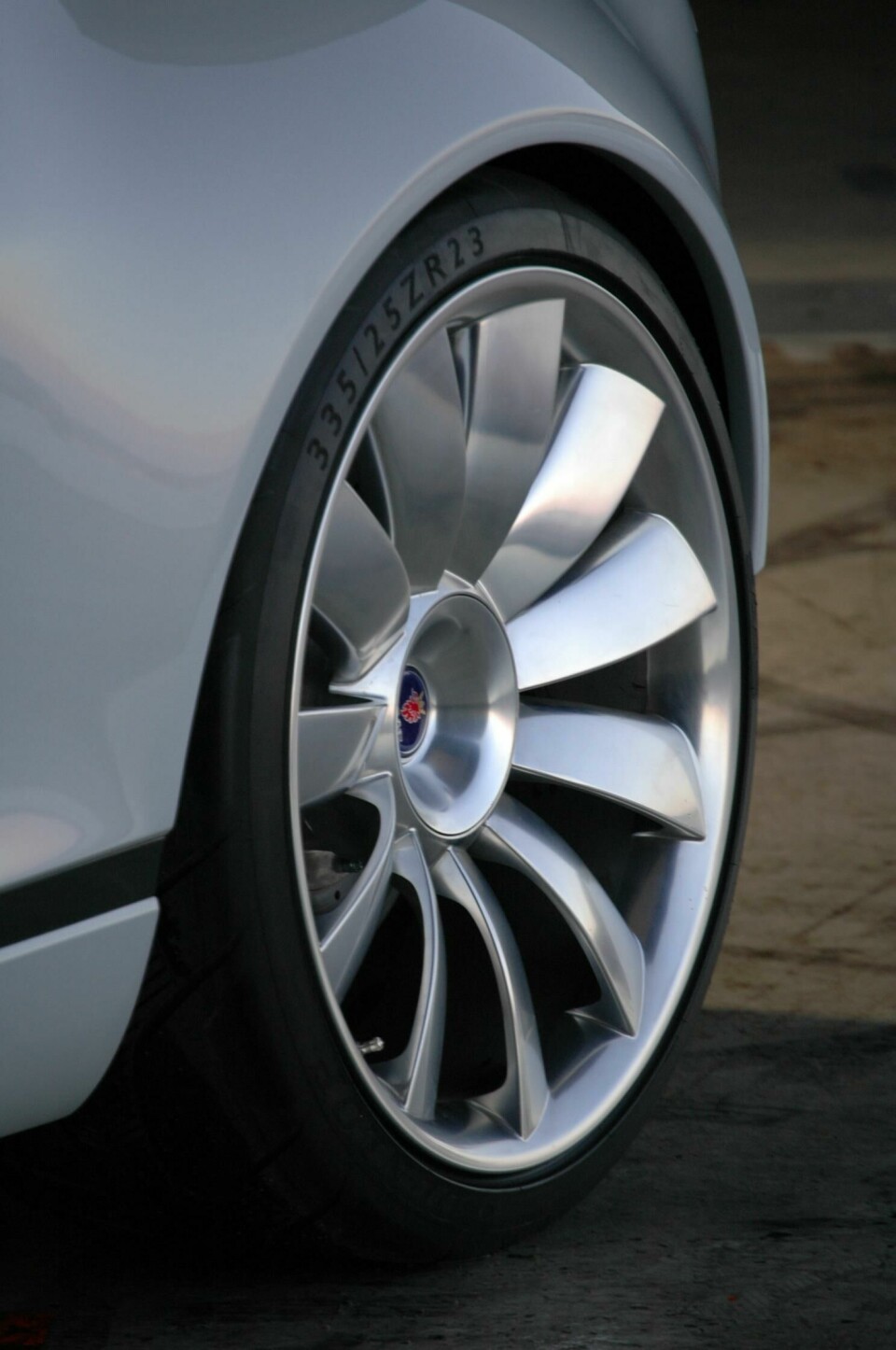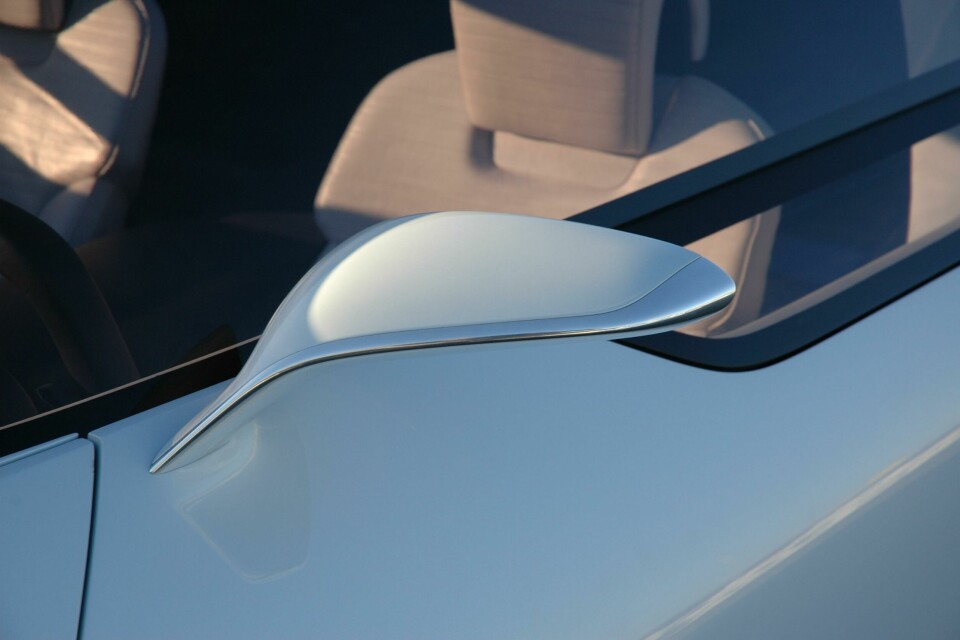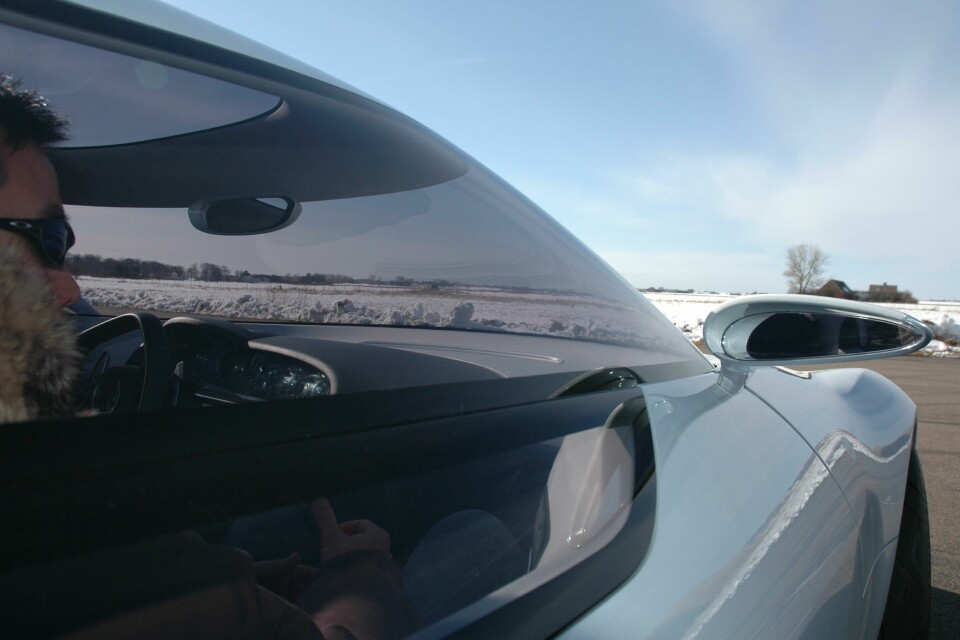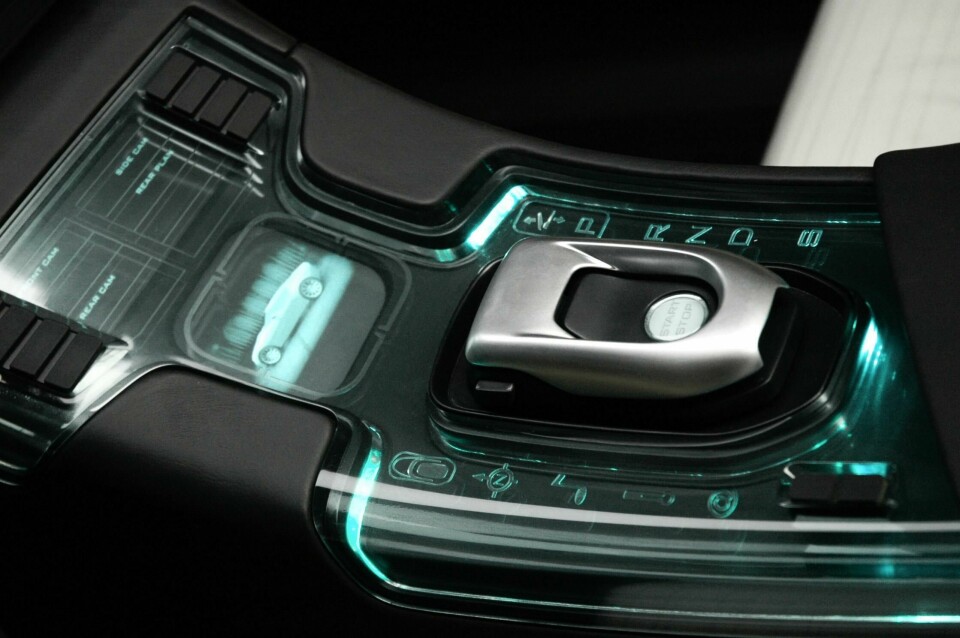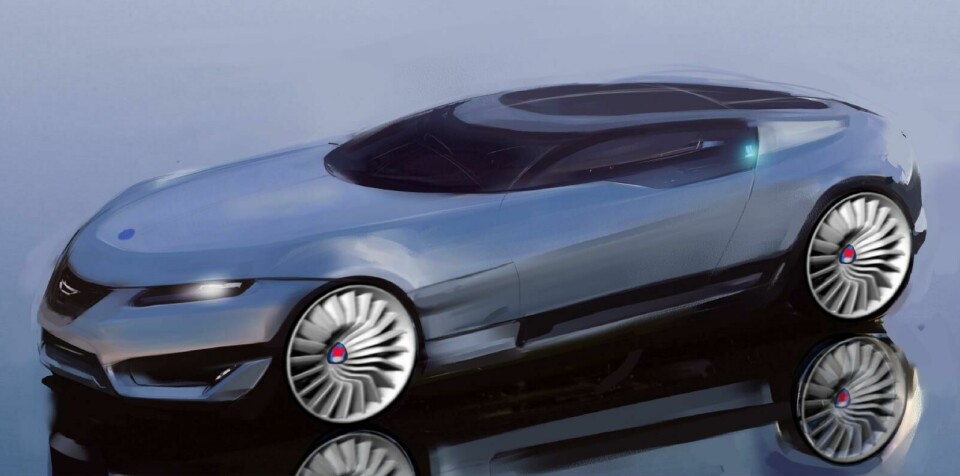
Design Development: Saab Aero X concept
‘The ultimate vision for the brand’. This was the simple brief for the Saab Aero X concept car shown at the Geneva motor show in 2006. And the Aero X is what the Saab brand wanted to be, what the brand wanted to communicate through the design of its cars.
Kick off for the project was in January 2005 when Bryan Nesbitt, executive director GM Europe Design, charged the 15 strong GME Advanced design team in Gothenburg to create this “ultimate vision”. Immediately designers were sketching sports cars, not just because when given a free reign this is the default direction car designers take, but because sports cars intrinsically are more expressive and because the sports car “represents the jet fighter of the road” - according to Saab, for whom a tenuous connection with jet fighter production was important.
Two weeks into the project two themes were selected for further development by Nesbitt and project leader and head of Advanced Design at Saab, Anthony Lo; a small sports car and a larger sports coupe design. These were quickly developed using more sketching, tape drawing and one-third scale clay models with the larger design evolving into the front engine supercar theme that was chosen a bare two weeks later to be scanned and milled full size for development into the final design.
One of the more interesting aspects of the early stage of this design development story is the exclusive use of manual design tools - sketching, tape drawings and clay modeling. Although GM Europe Design, of which Saab Design was a part, used digital design tools extensively, in this instance the design process employed ‘traditional’ methods because they were quicker, not because the designer behind the concept lacked proficiency in the modern medium of digital design as is sometimes the case. The exterior designer of the Aero X, Alex Daniel, had been working in digital design at a high level since the industry first adopted this medium over a decade previous.
In early February two designers began interior design proposals, with a sketch from Erik Rokke finally chosen as the theme. The dramatic canopy opening for the car was also defined, with Lo in particular wanting to see something different and a little more interesting than the norm. This was when the decision was made to remove the A-pillars to emphasise the classic Saab wrap-around windshield, which in turn dictated how the cockpit opening could be conceived.
Senior advanced engineer Mattias Geyrhofer was responsible for much of the canopy opening, made animated CAD proposals to show the kinematics and in parallel developed a simple ergo-buck to check out ingress egress and viewing angles.
Designer David Leary joined the small project team in March 2005 and used the Swedish glass industry and Hasselblad cameras as his inspiration for the detail design of the exterior lights, which were only possible to evaluate using Alias models which were made for the front and rear of the car. The lamp themes consisted of three layers of glass with etched or sandblasted graphics illuminated by indirect lighting from the top or side of the lamps and set off to great affect by the gloss black lamp housings. This layered glazing treatment was then carried over into the cockpit instrumentation using acrylics and LEDs by Leary, who also worked on the mouse interface in the central control which controls gear selection, start-up and canopy opening.
Both models left Sweden in July and were taken to G-Studio in Turin with Leary following the exterior down to Italy. One of their main initial tasks was to remodel the interior taking into account the secondary surfaces that would be exposed when opening the large carbon fiber canopy.
Modeling this large structure, featuring the biggest piece of curved acrylic ever used in a car and that opens or closes within 20 seconds, was such a critical part of the design development that G-Studio had to create a bespoke test rig.
The canopy structure also created unique issues such as the exposure of unsightly areas otherwise hidden when it was closed. As a solution for this, Geyrhofer came up with moving interior panels that rotate when the vestigial side doors are lifted and cover the mechanical elements exposed when the canopy is in its open position.
Rokke continued to oversee the details for interior steering wheel, stalks and seats until October in Sweden, and similarly Daniel continued to refine elements of the final Alias design whilst making occasional visits to G-studio to oversee the design.
The full size exterior, for which much credit must go to the modeler and Alias designer Shoichiro Sasai, was signed off by Nesbitt and Lo in May 2005 after several outside dynoc reviews. The wheels, mirrors and exhaust designed and sketched in Alias by Daniel were also chosen in May with interior base surfaces signed off in July to be then scanned and continued in Alias.
By December Daniel was overseeing the whole project and then spent the last two months of the development of the Aero X with Leary in the Italian studio before its public debut in Geneva on February 28th 2006, where it was the undisputed star of the show and ultimate vision for the brand.
